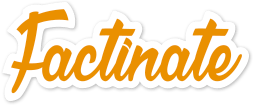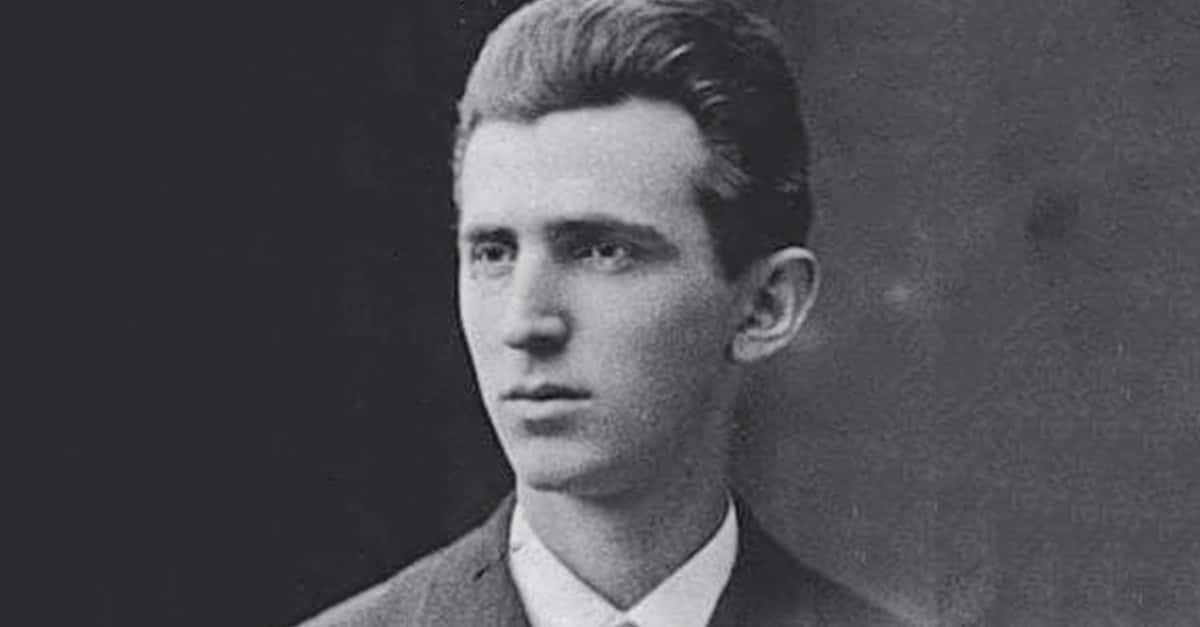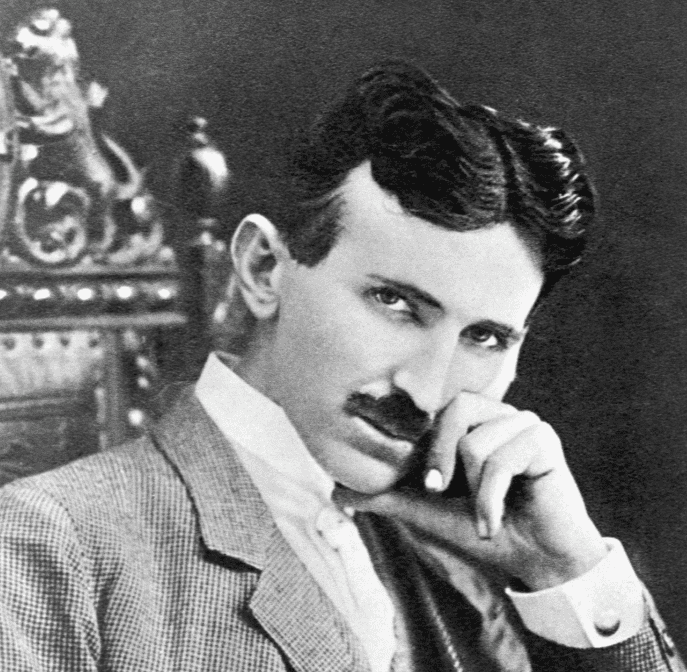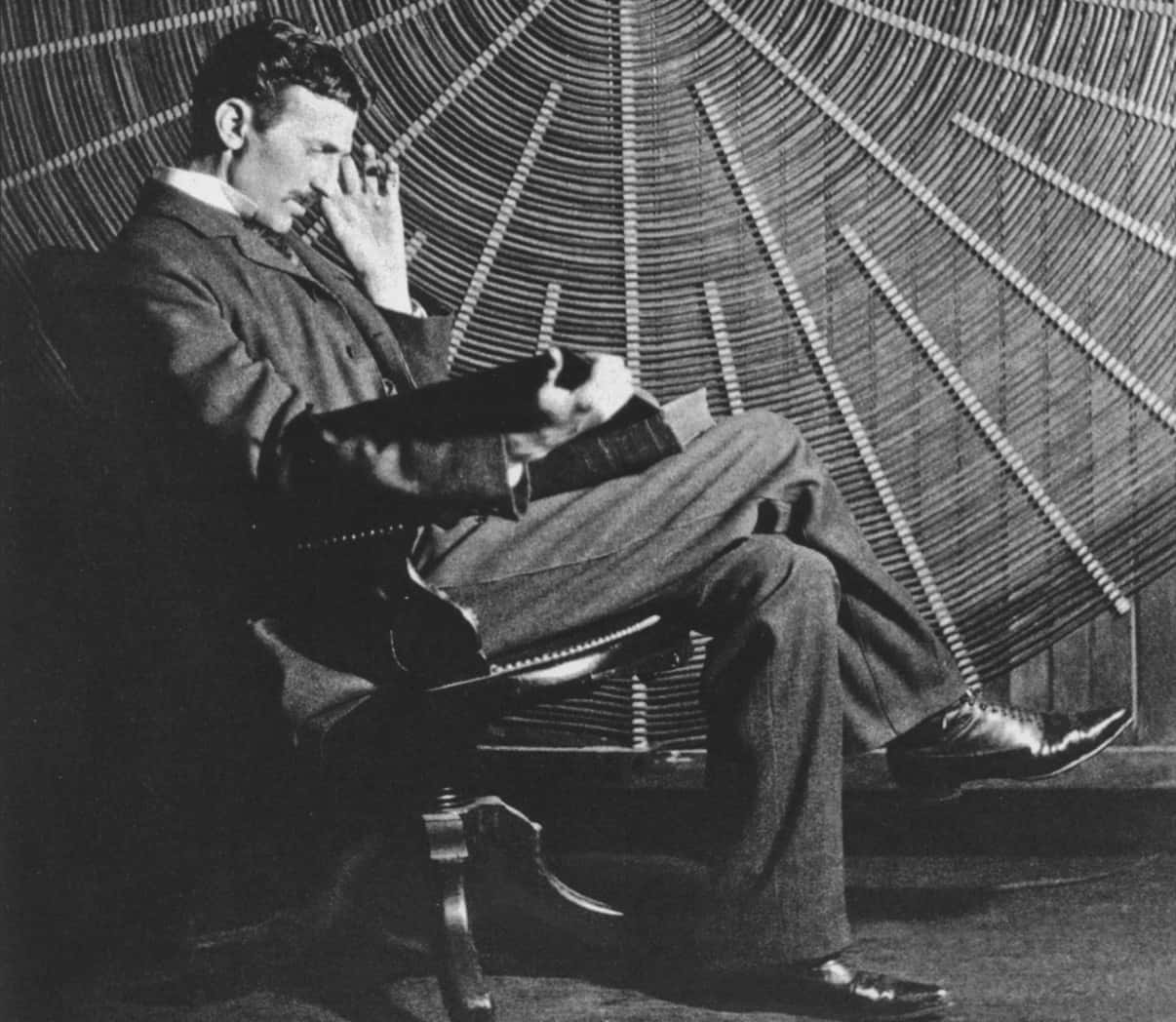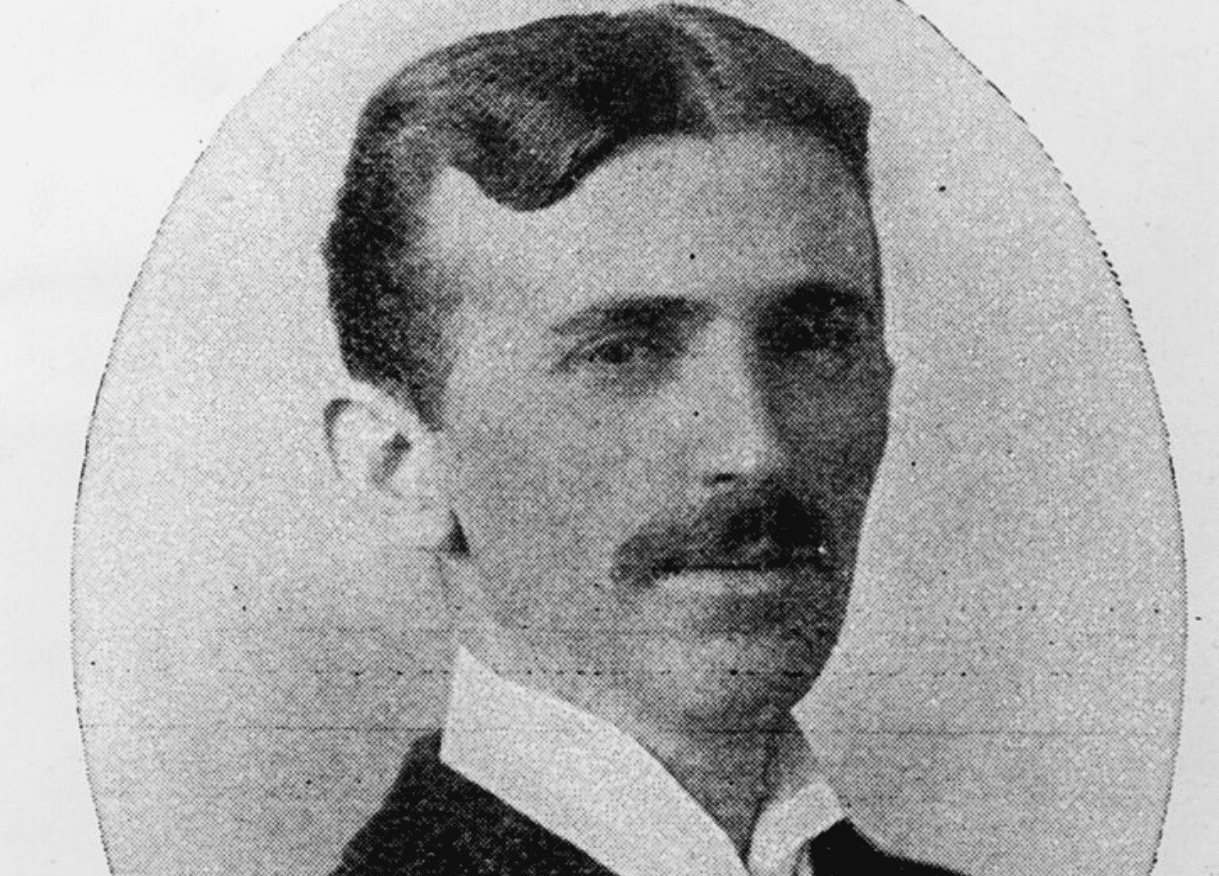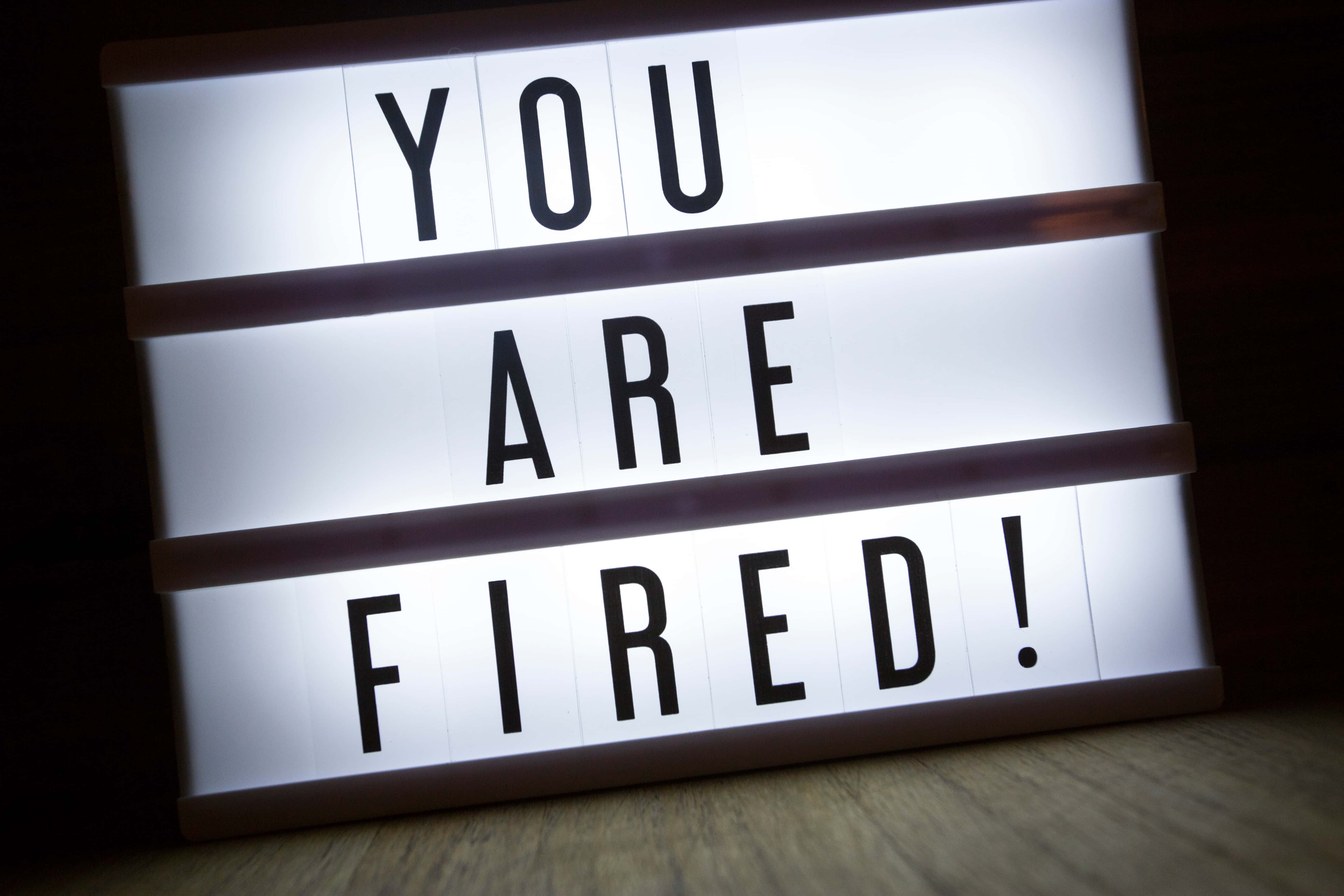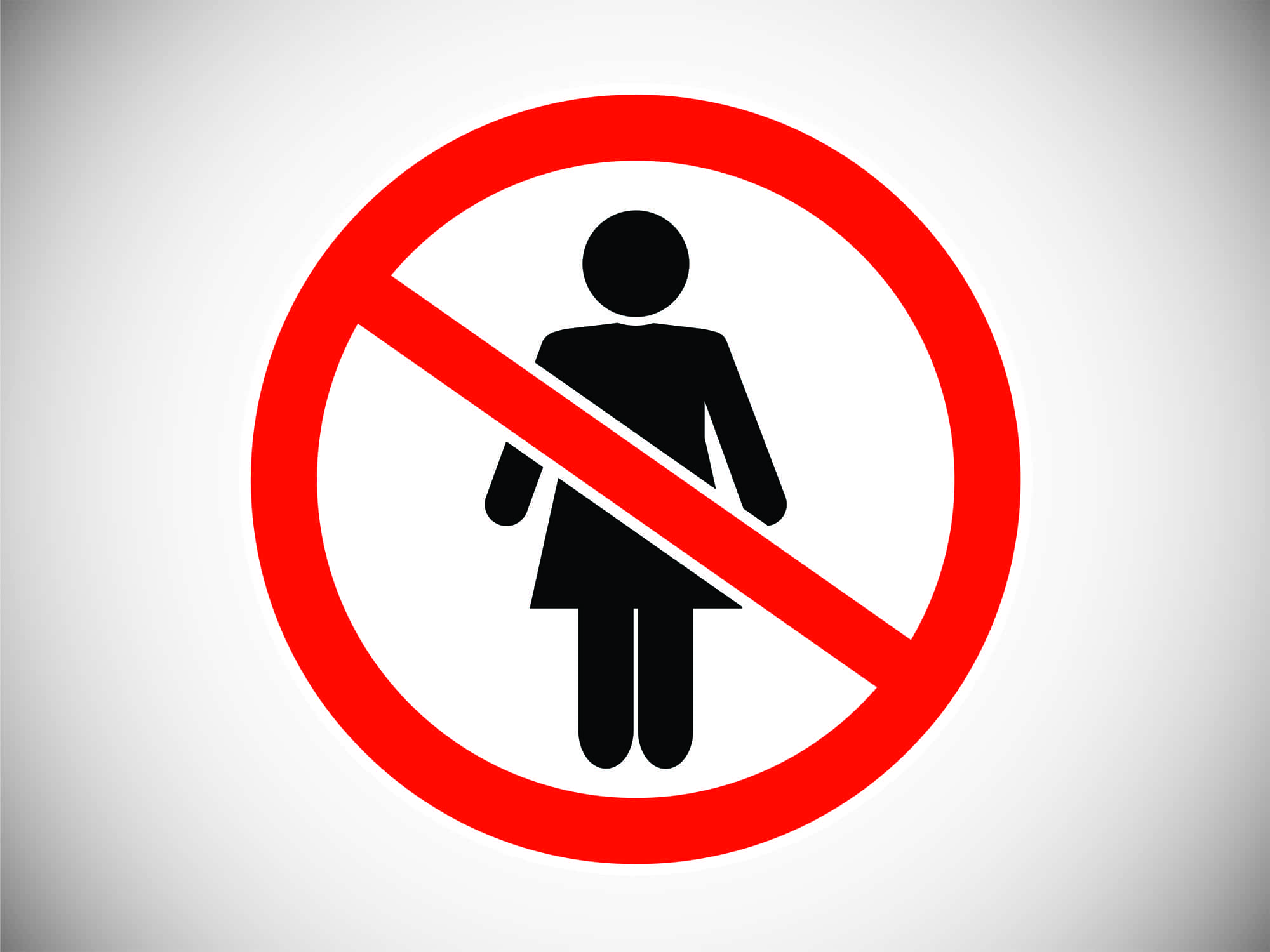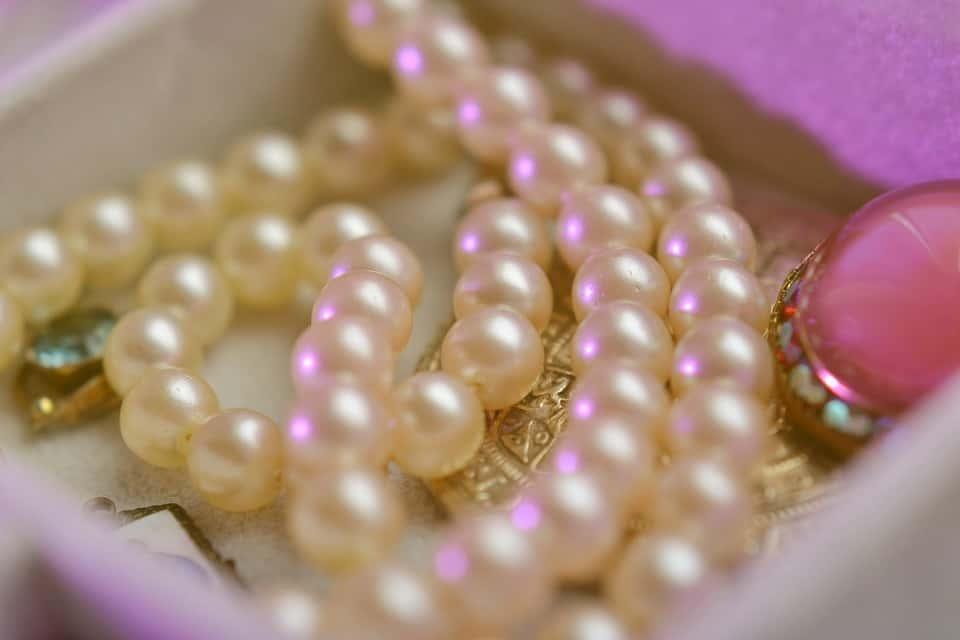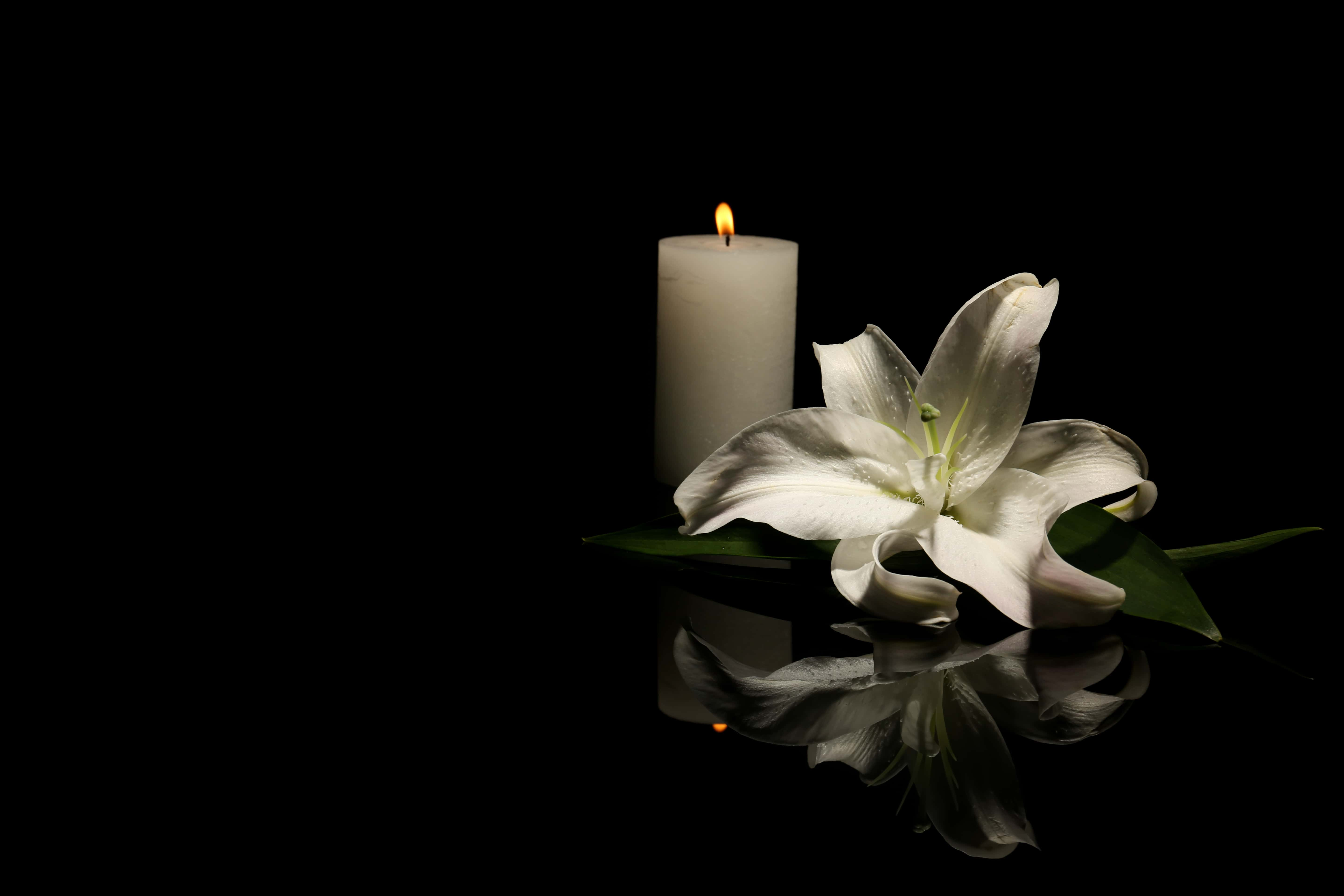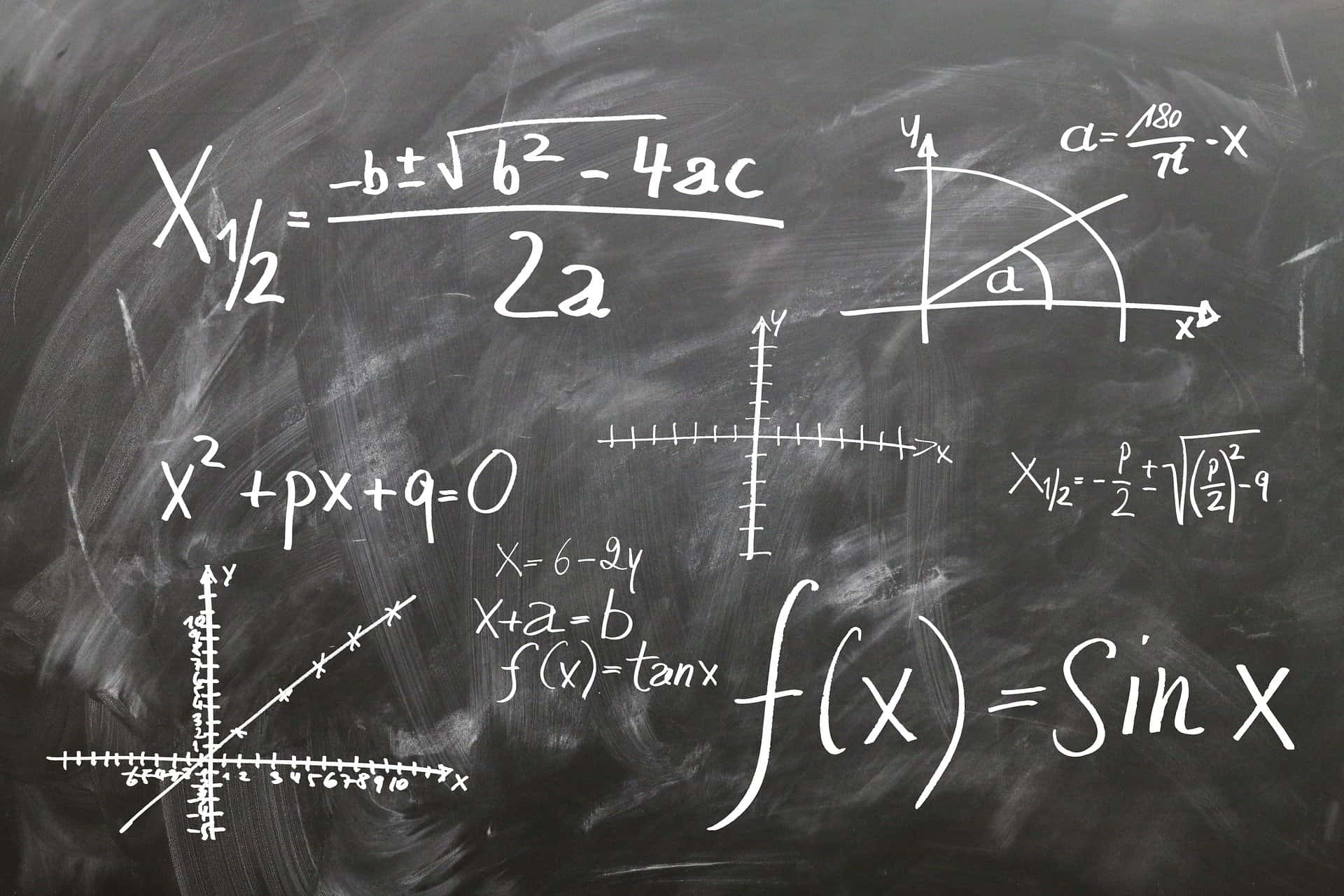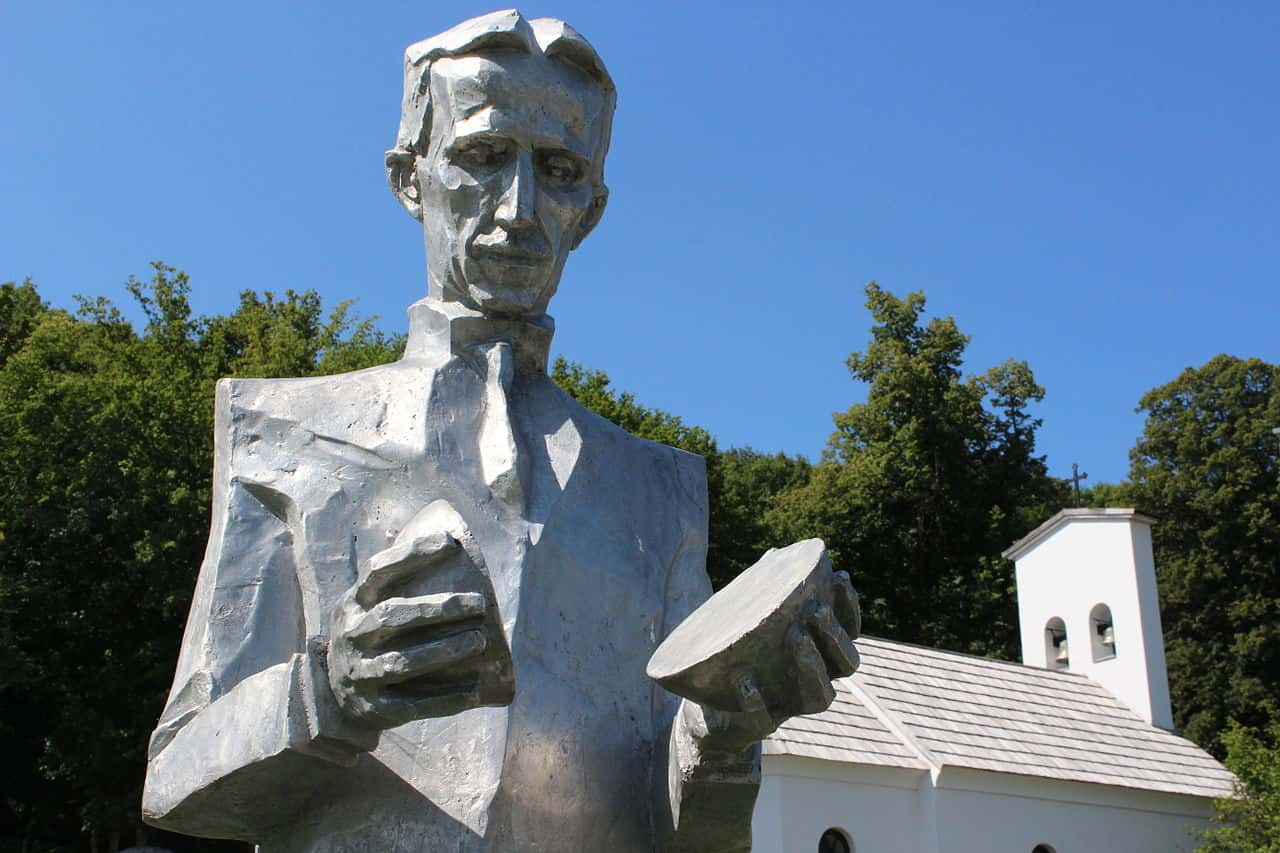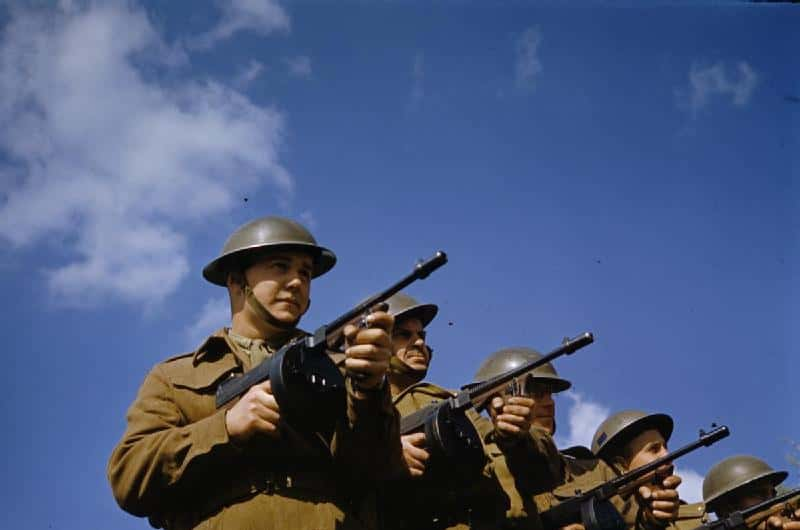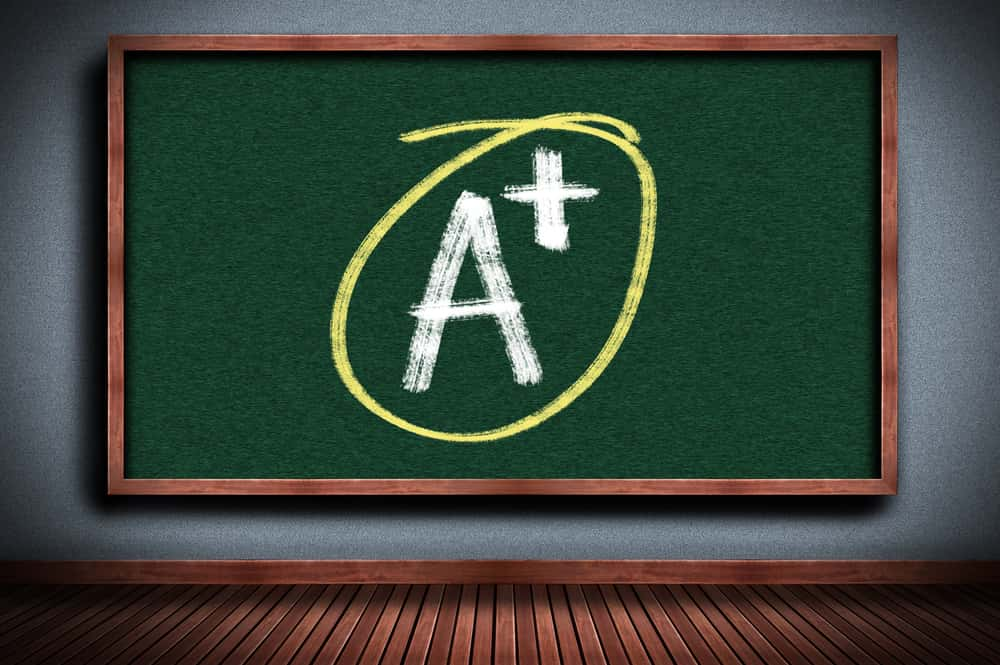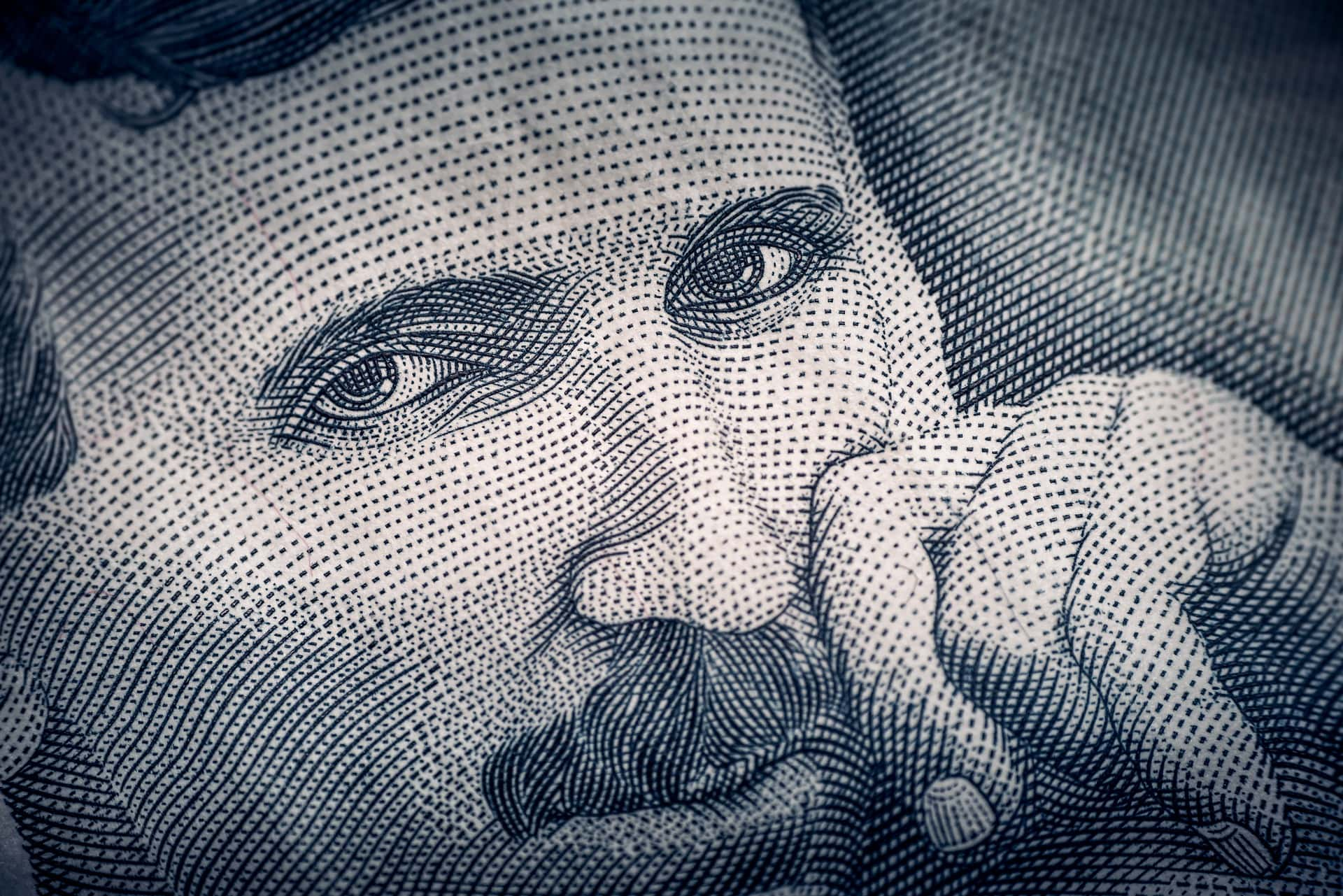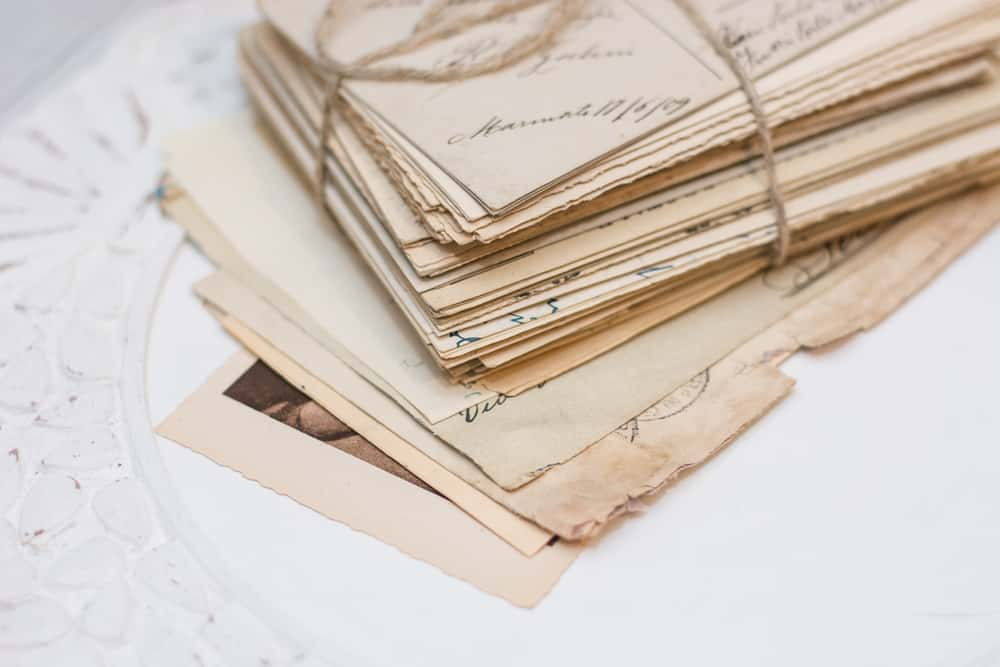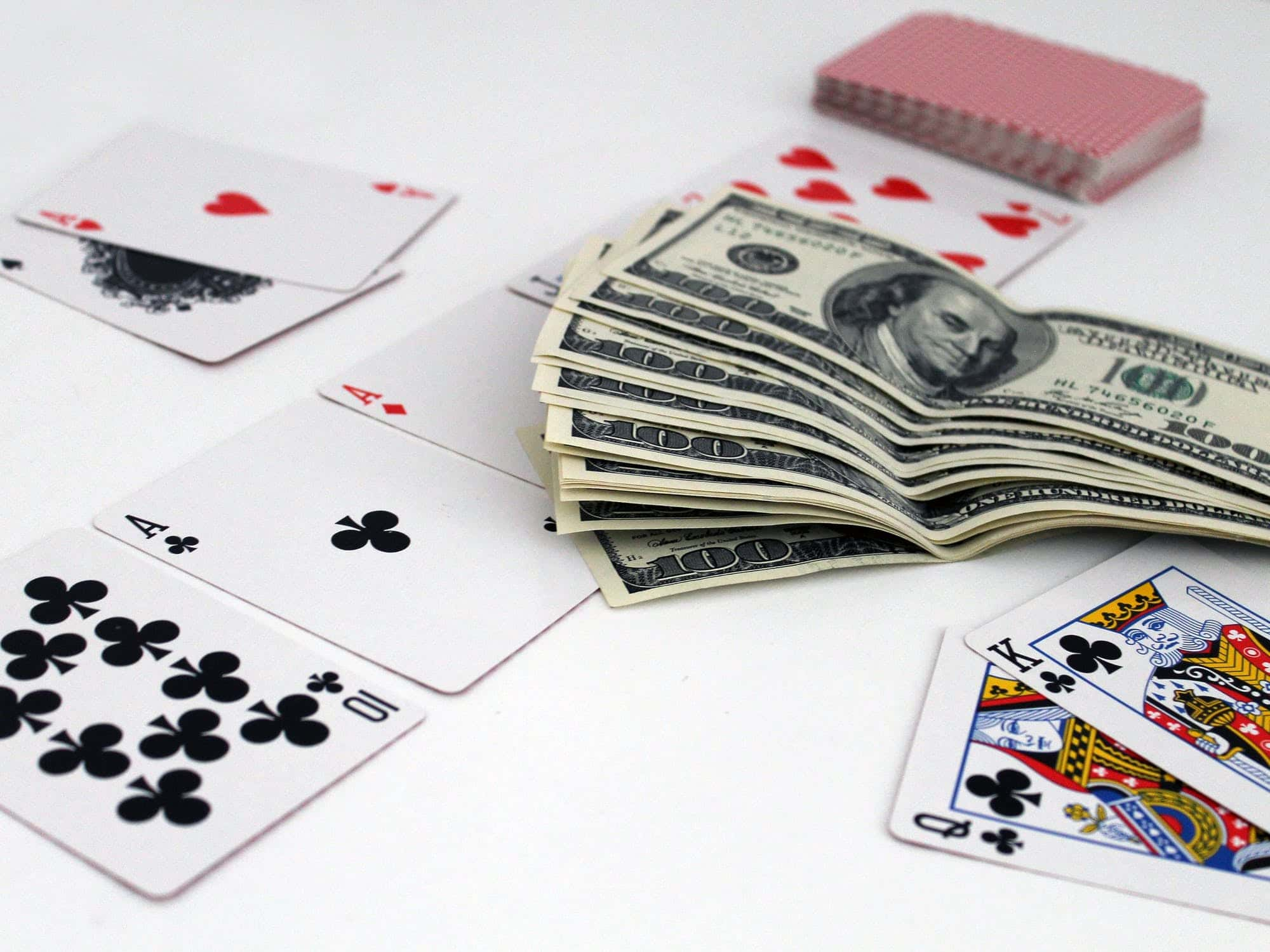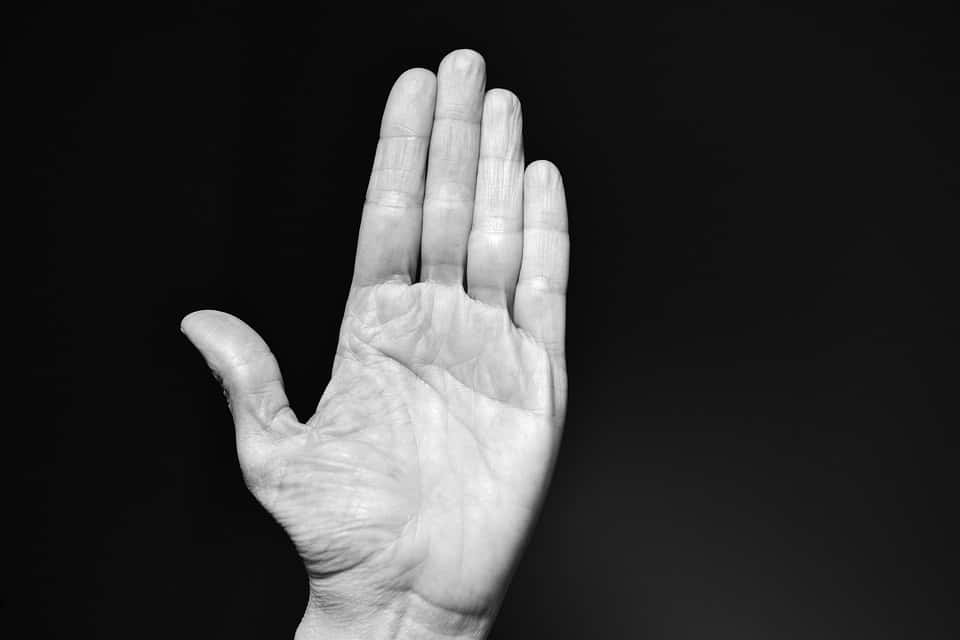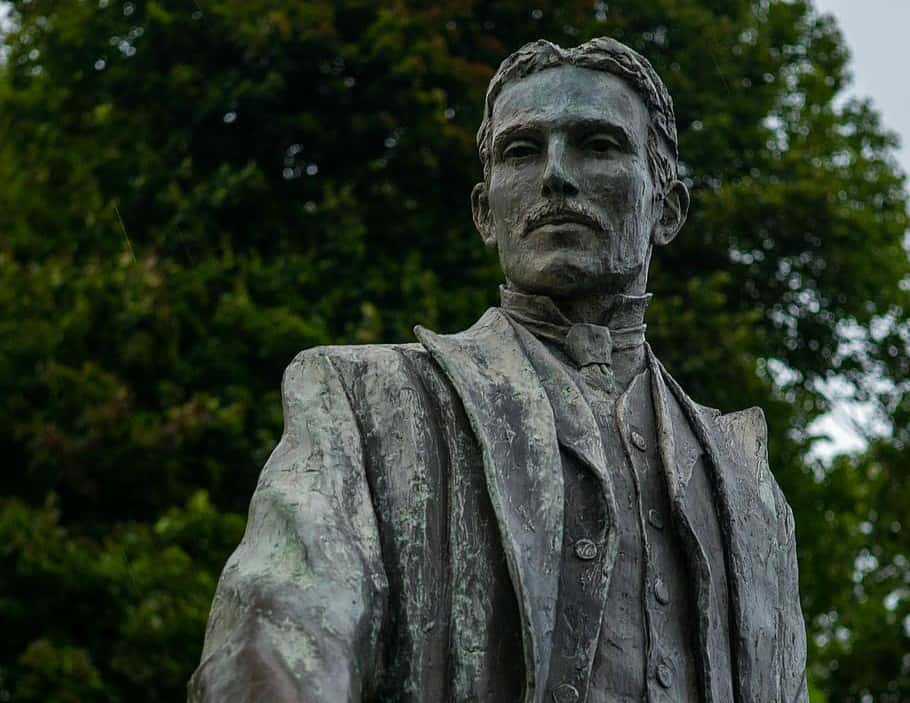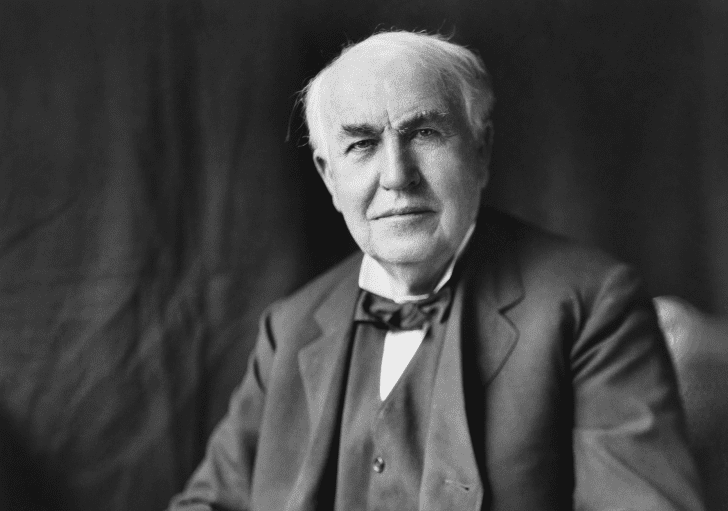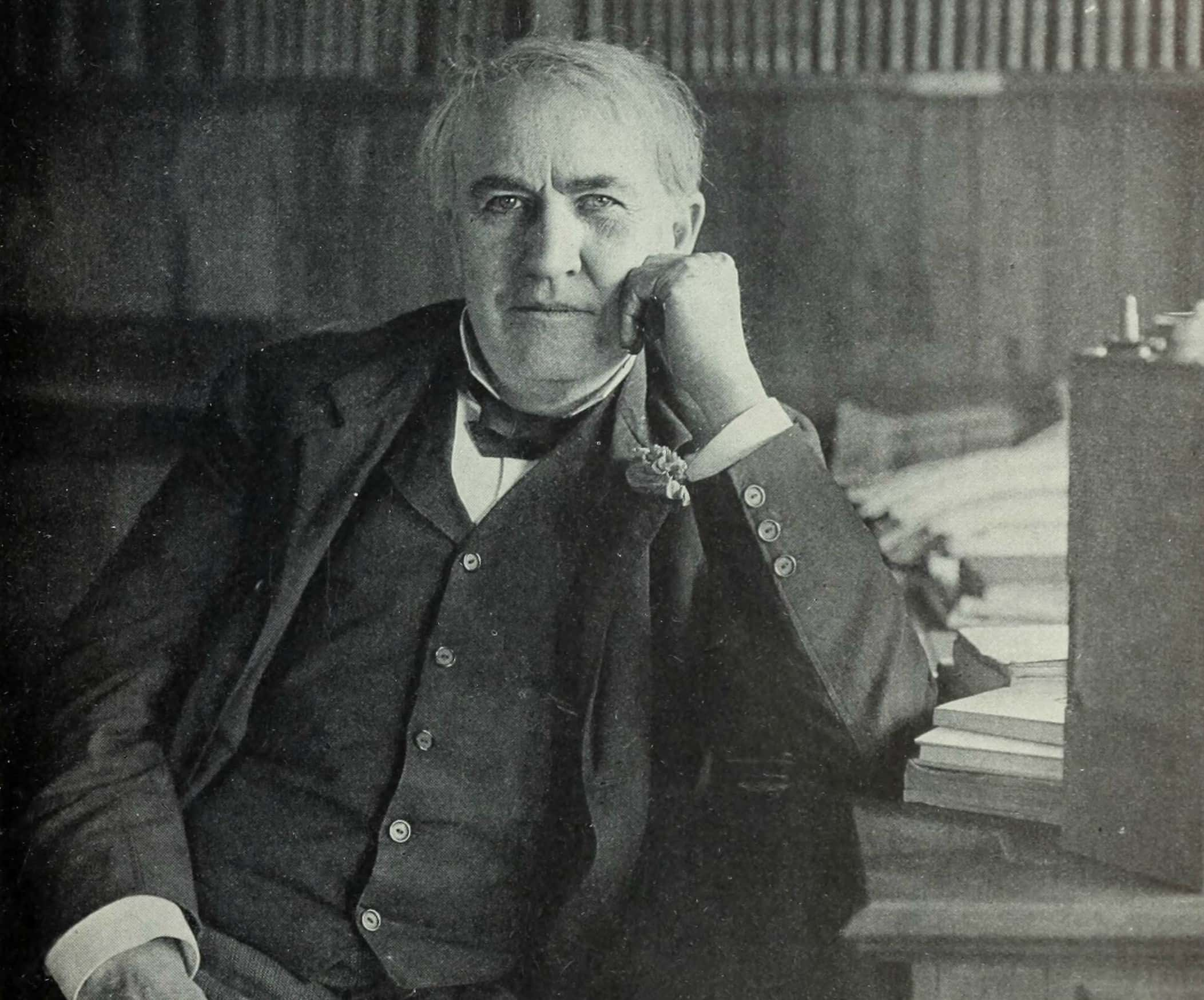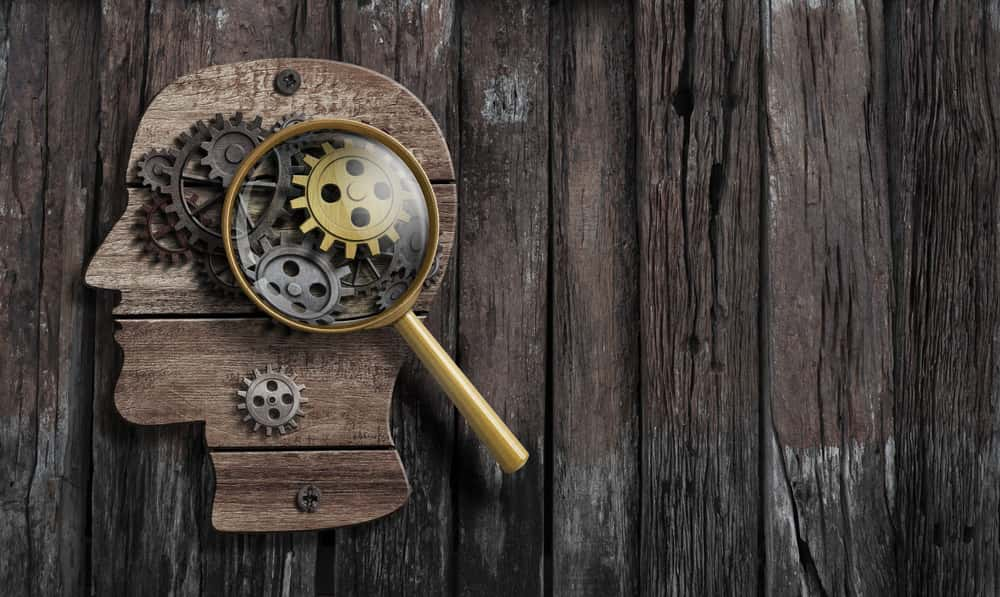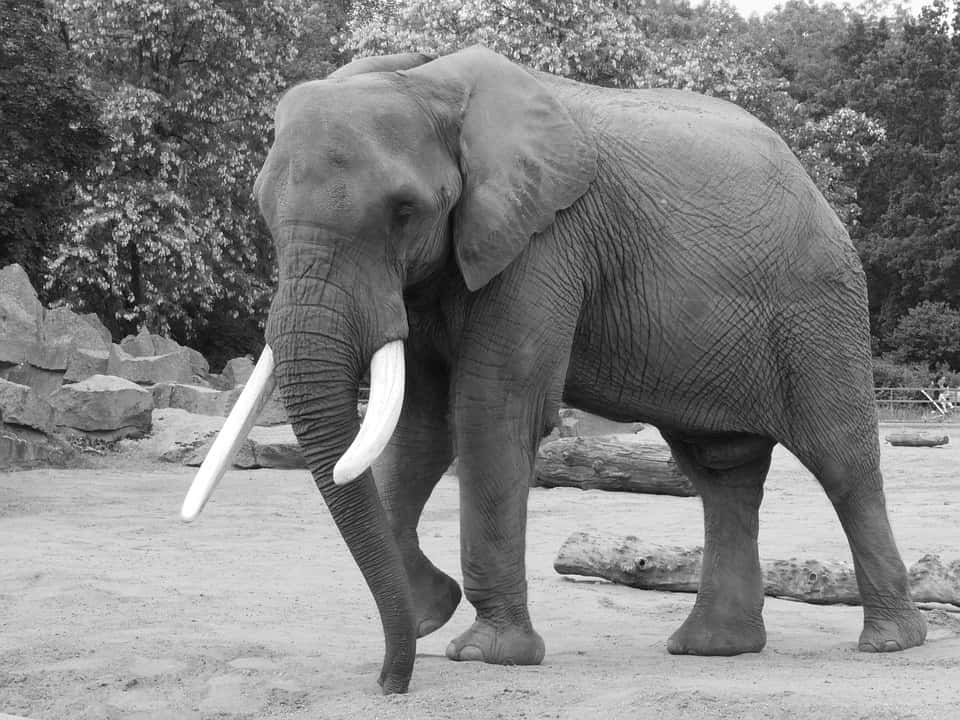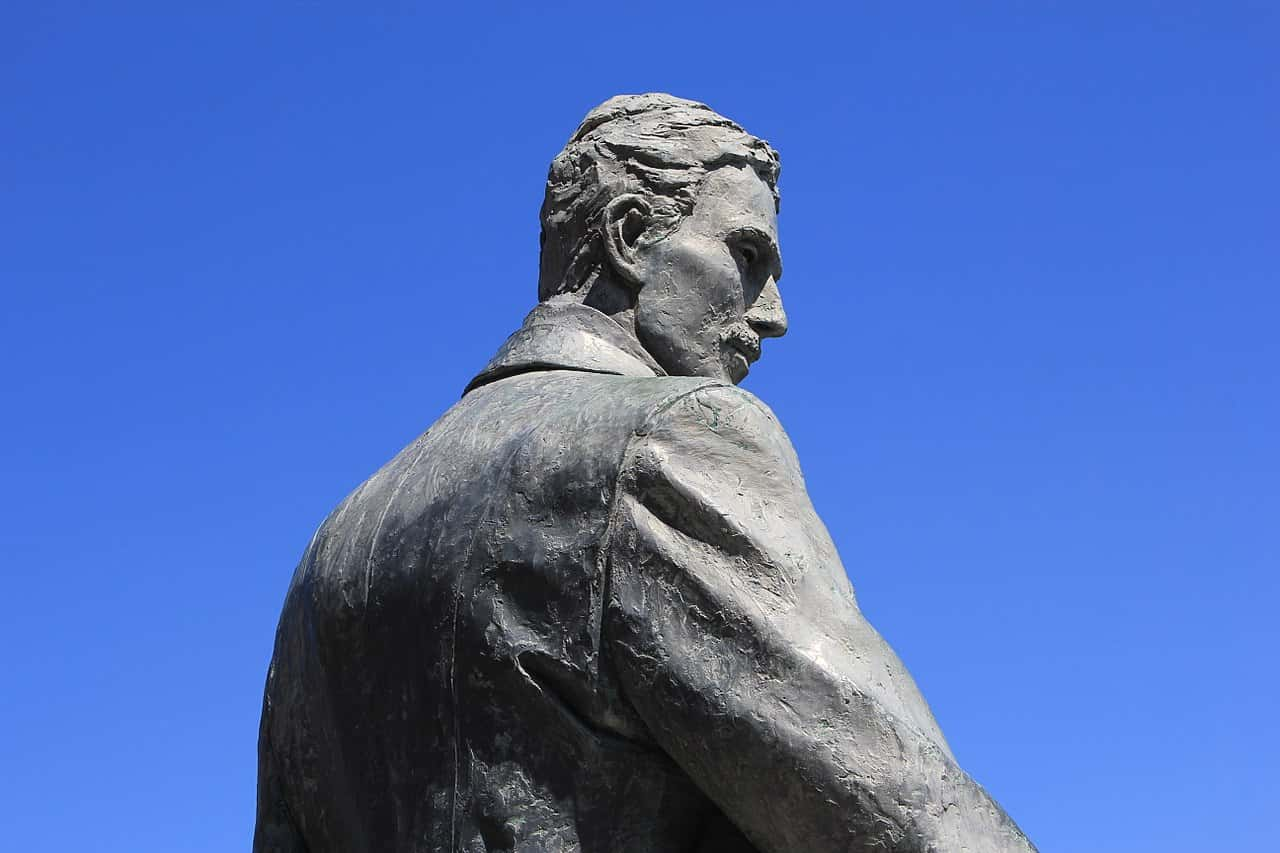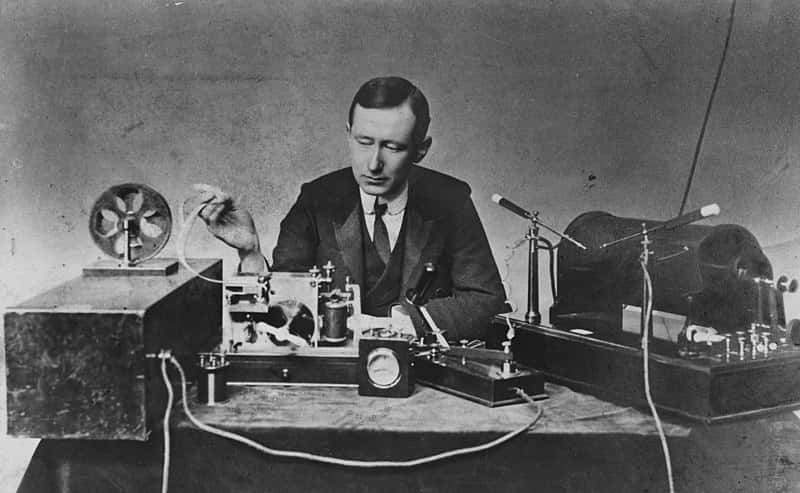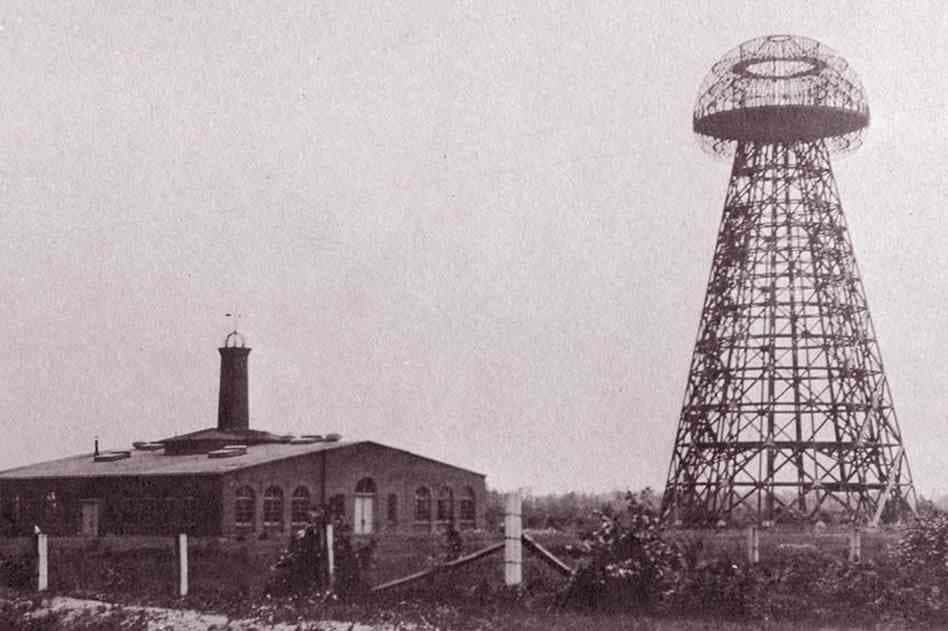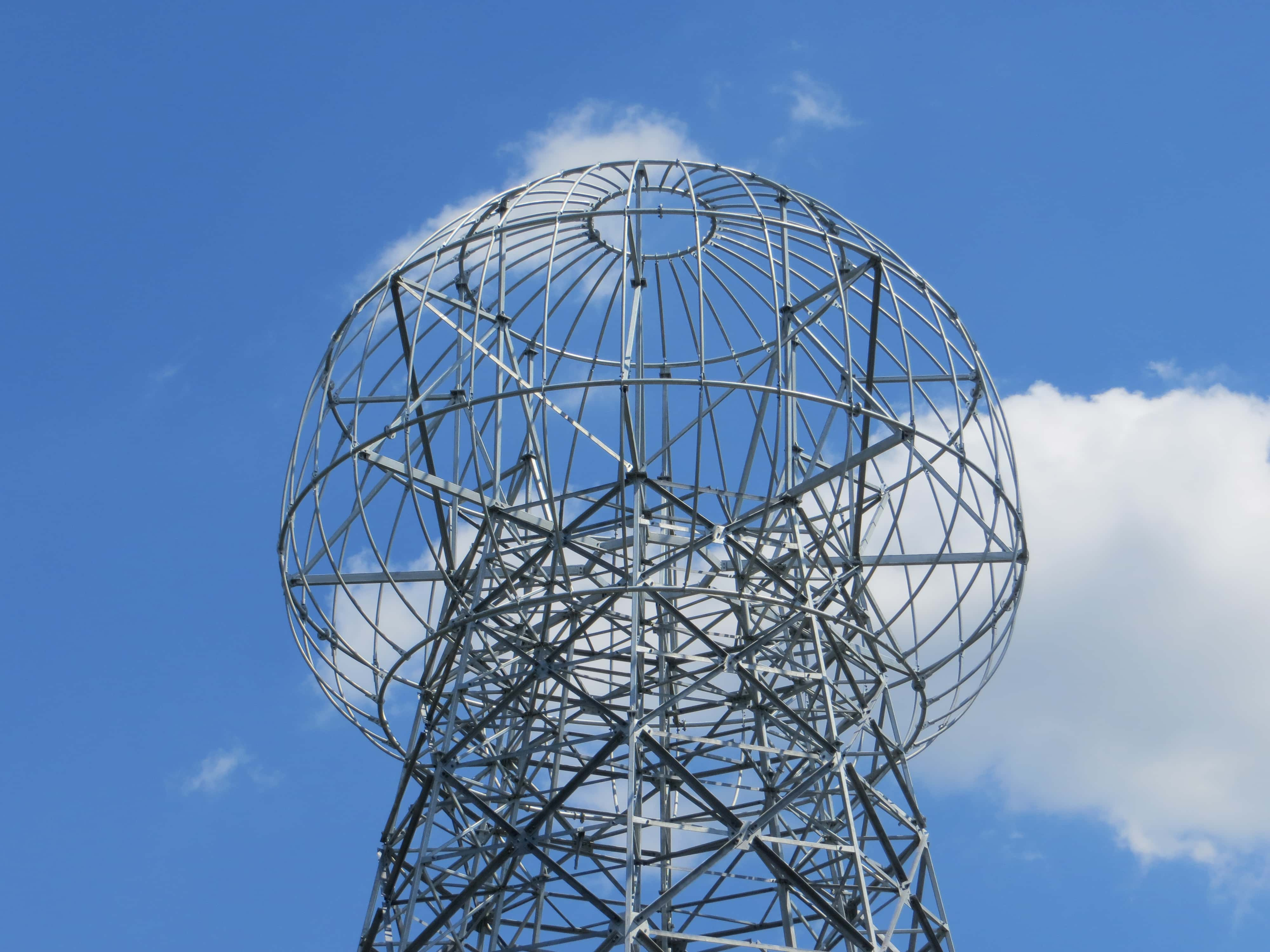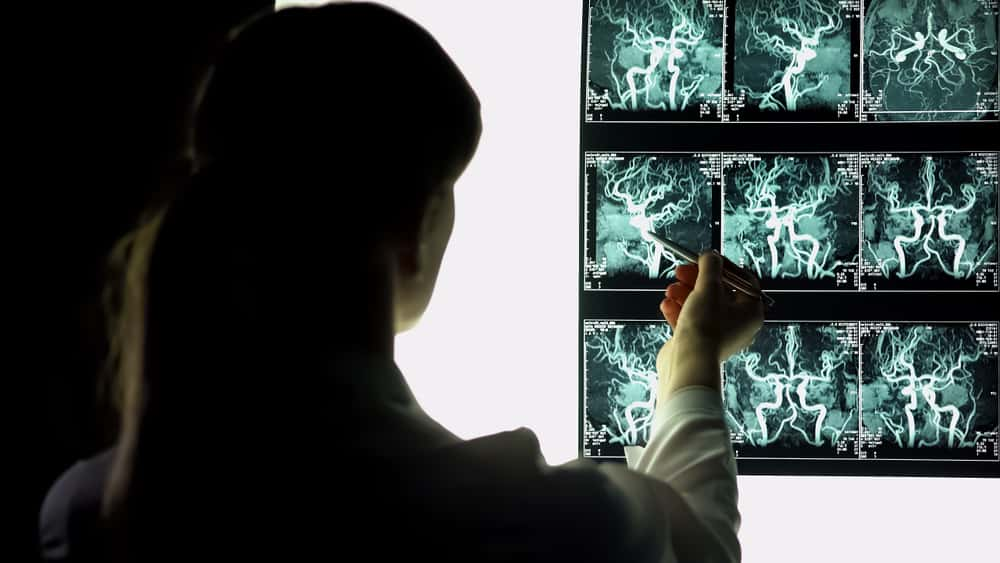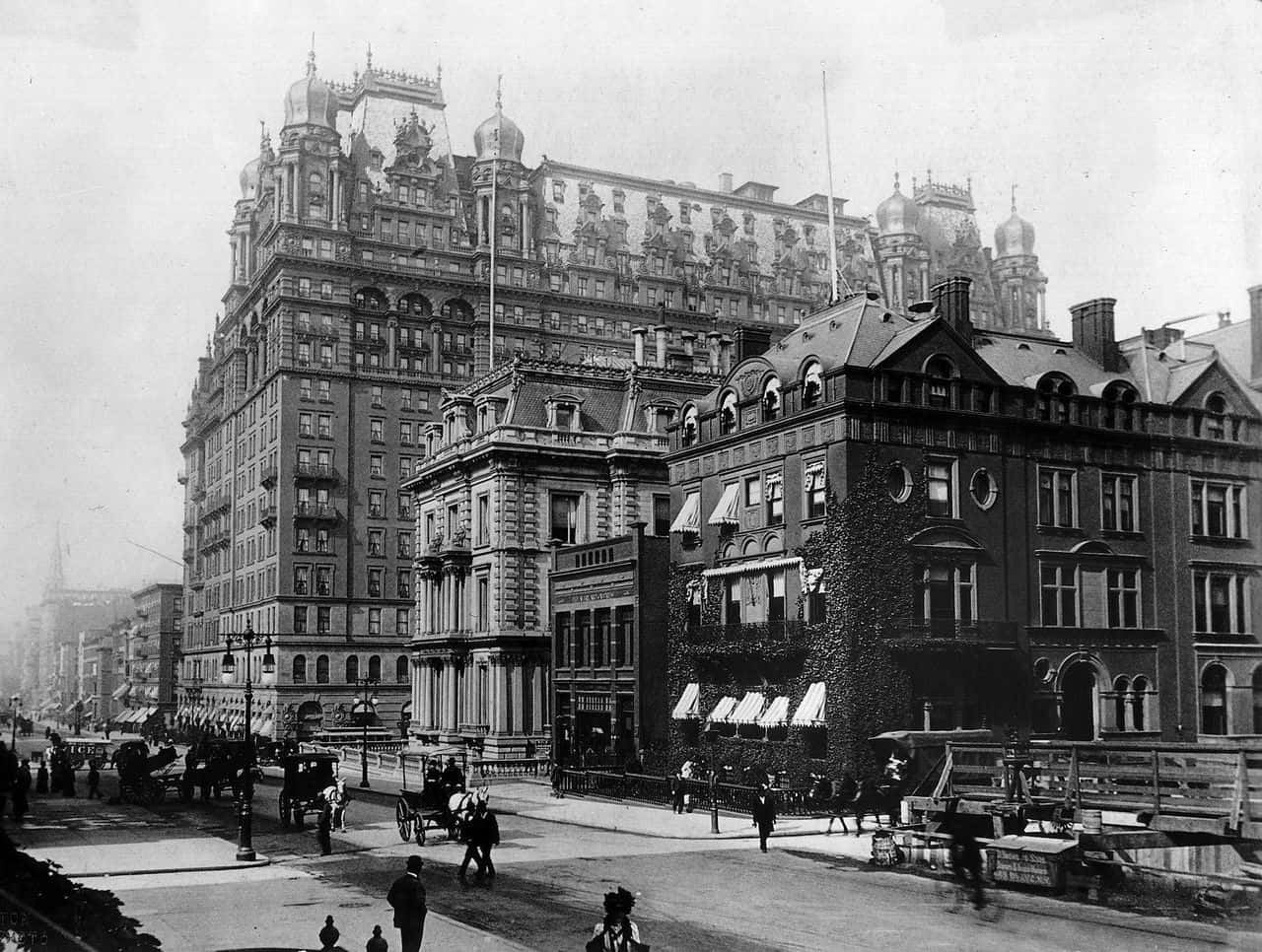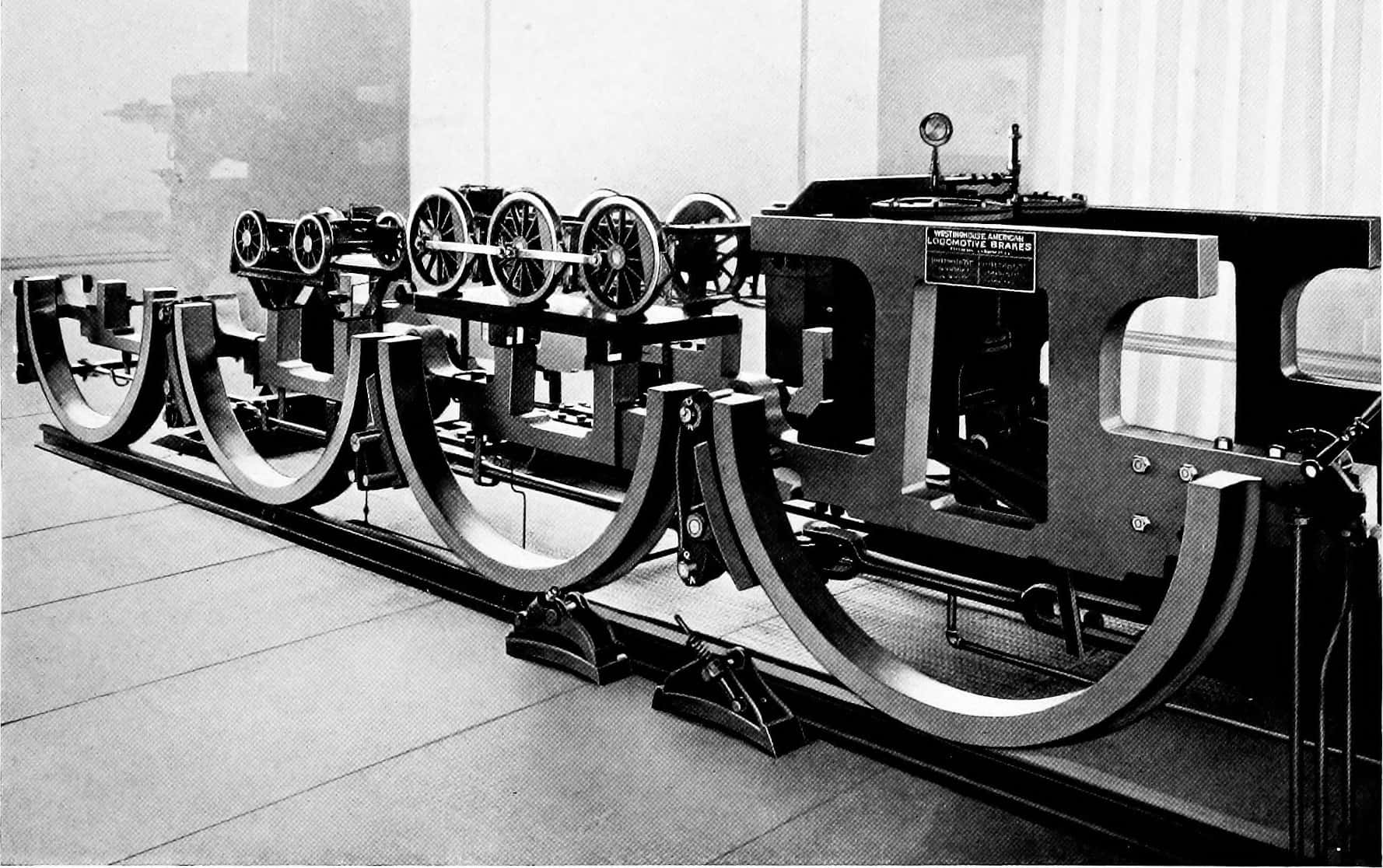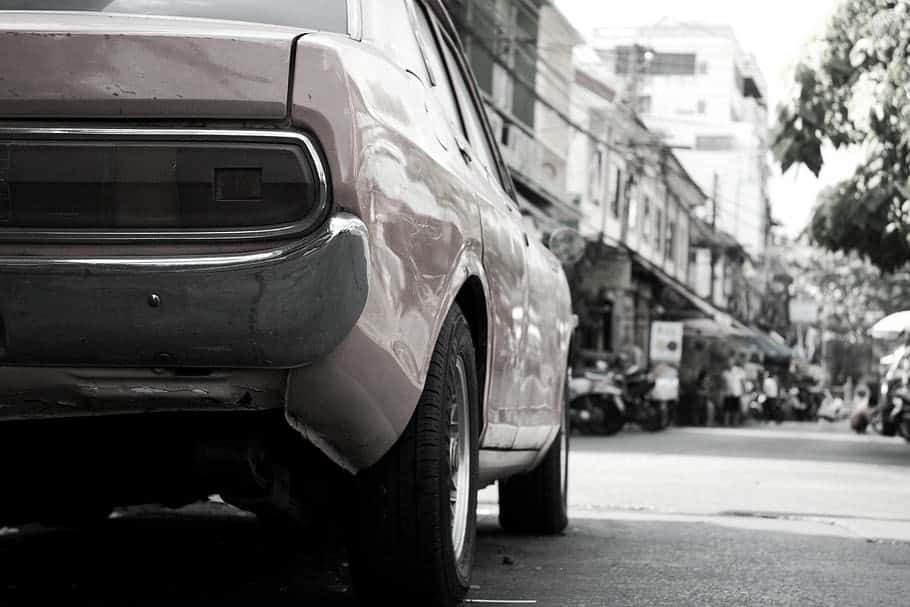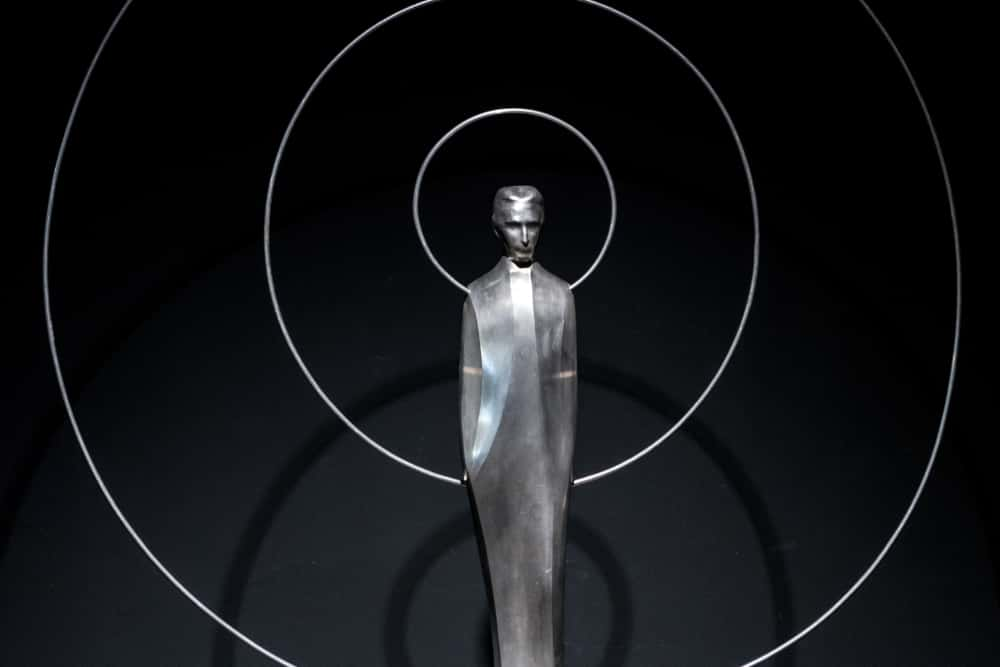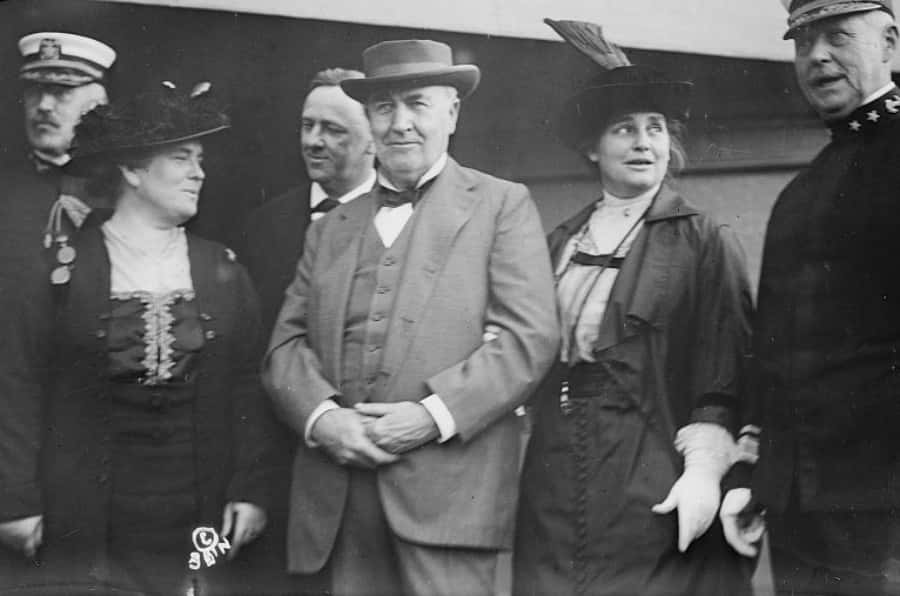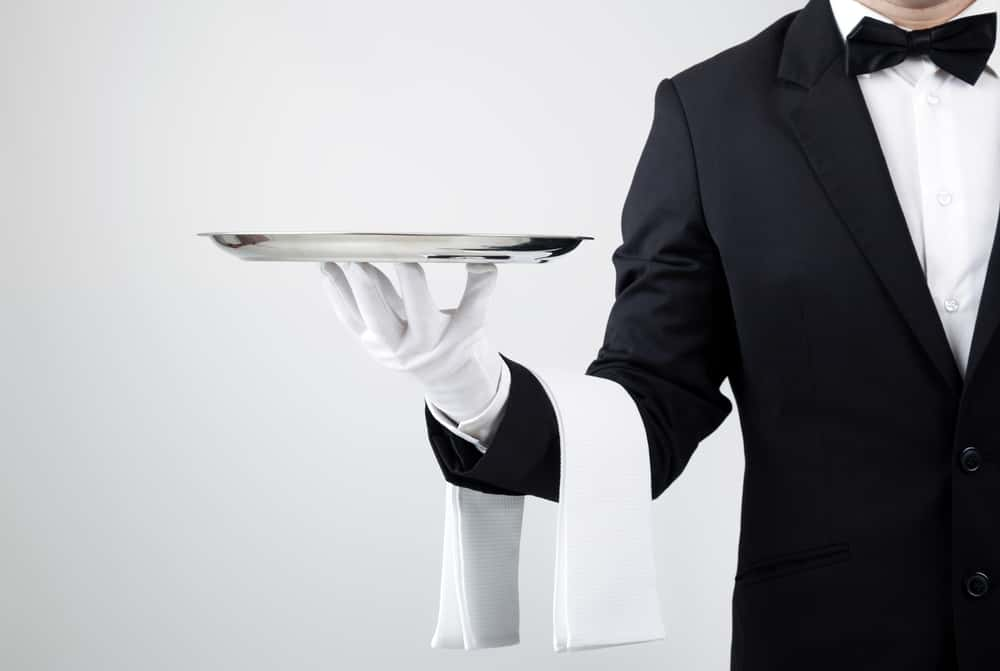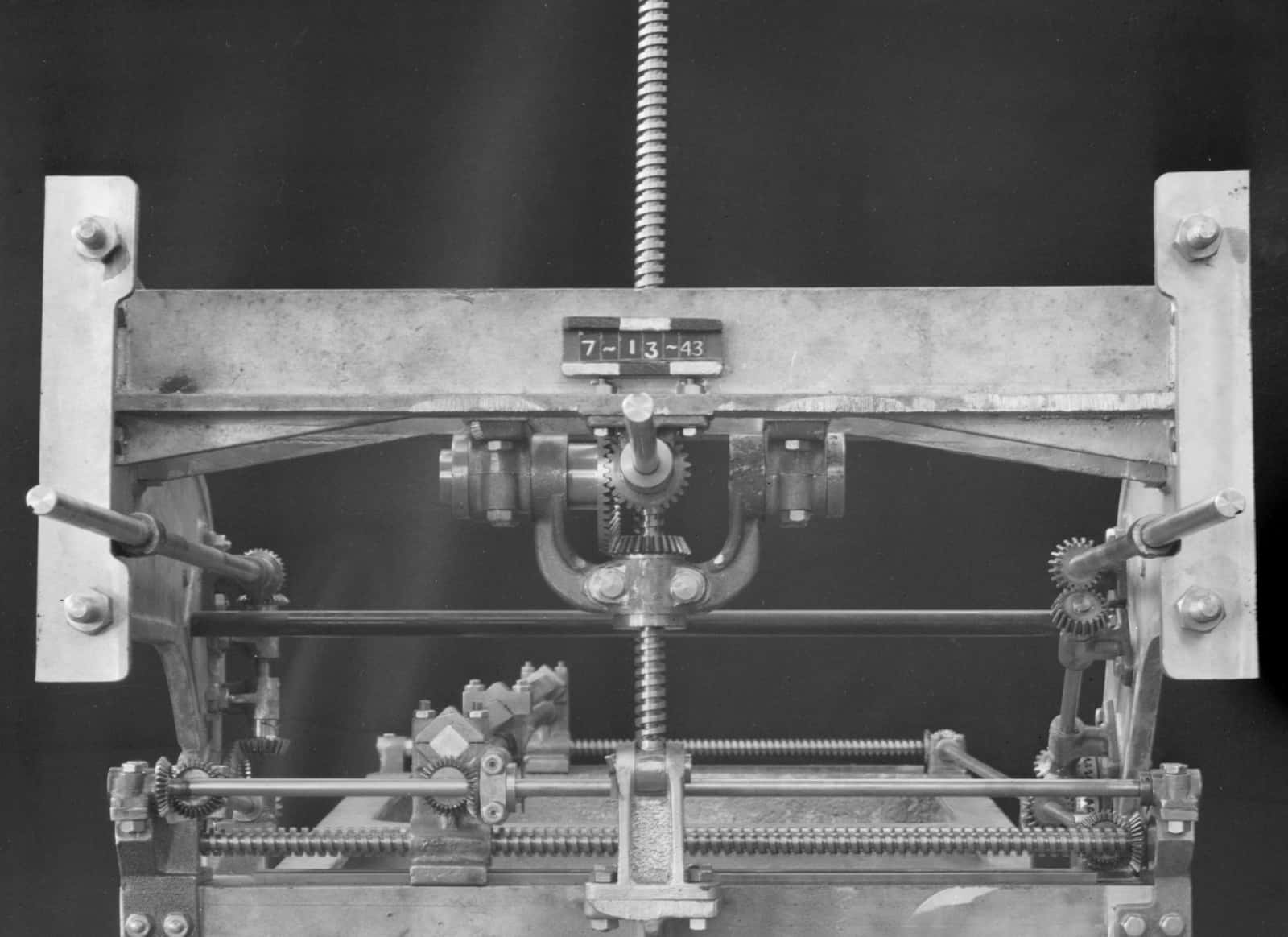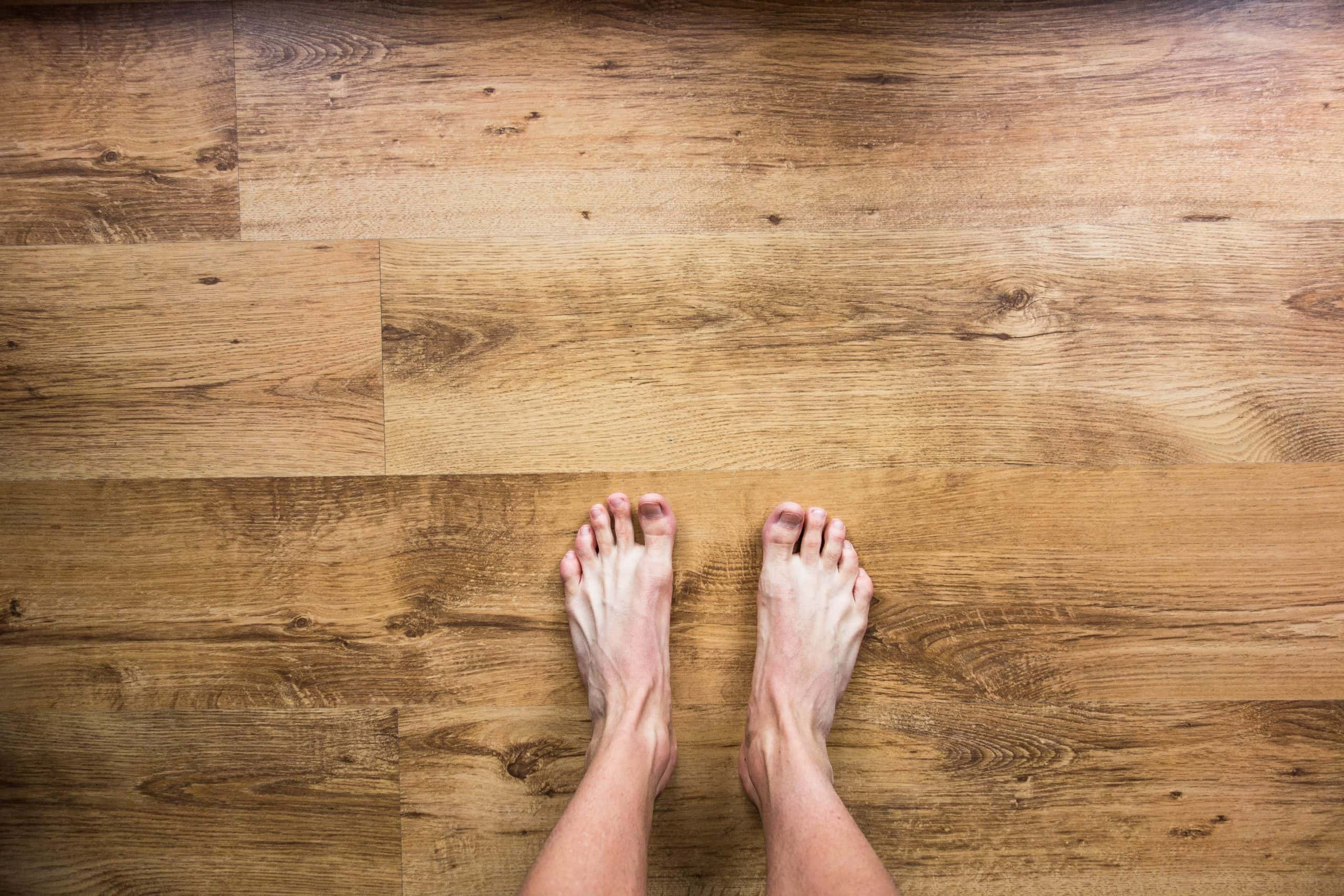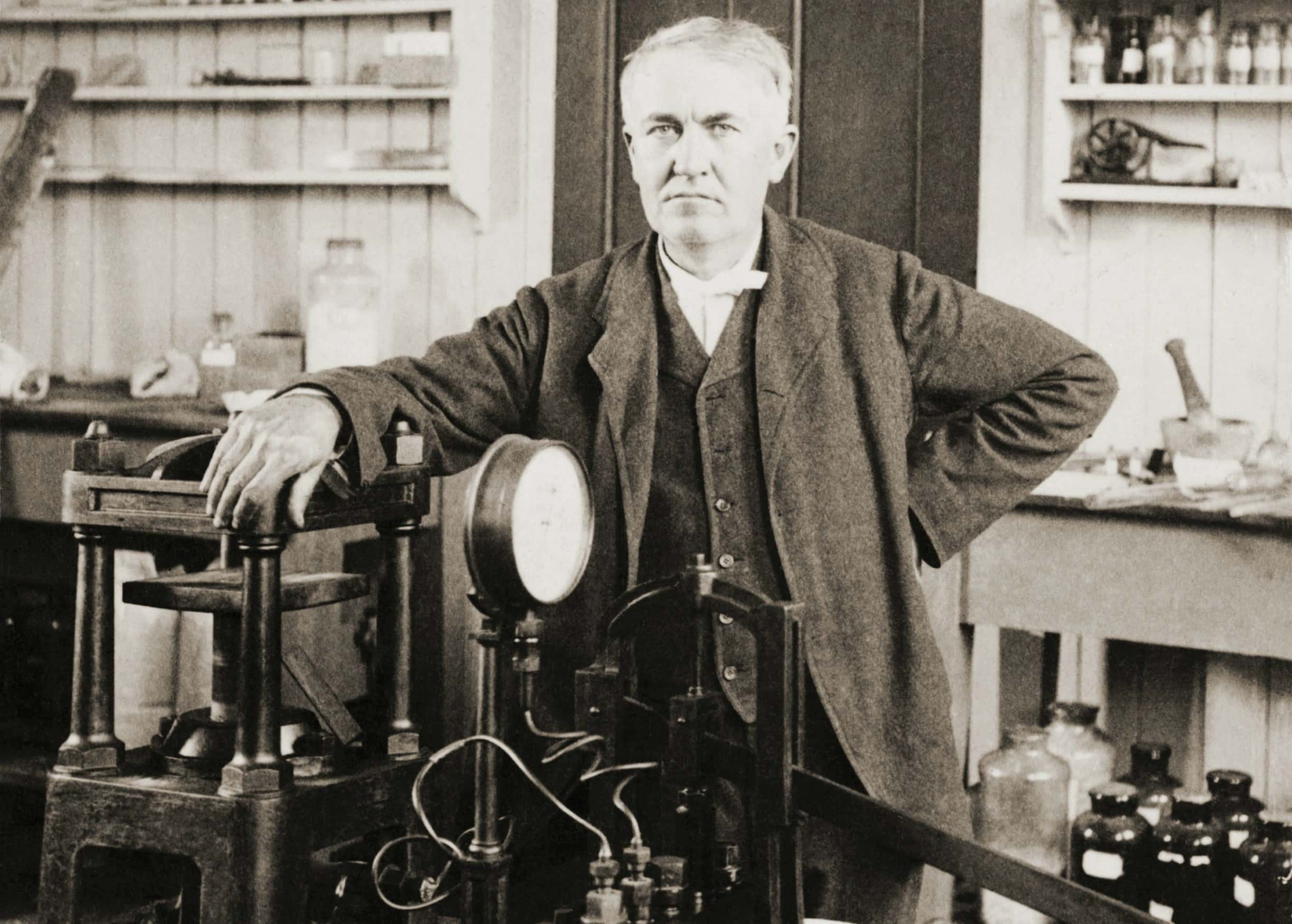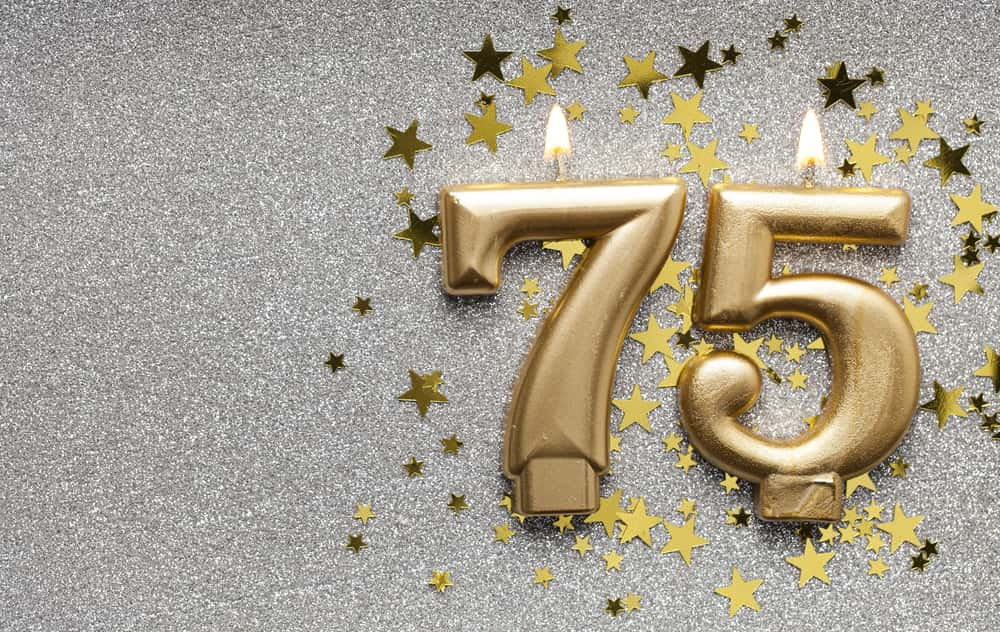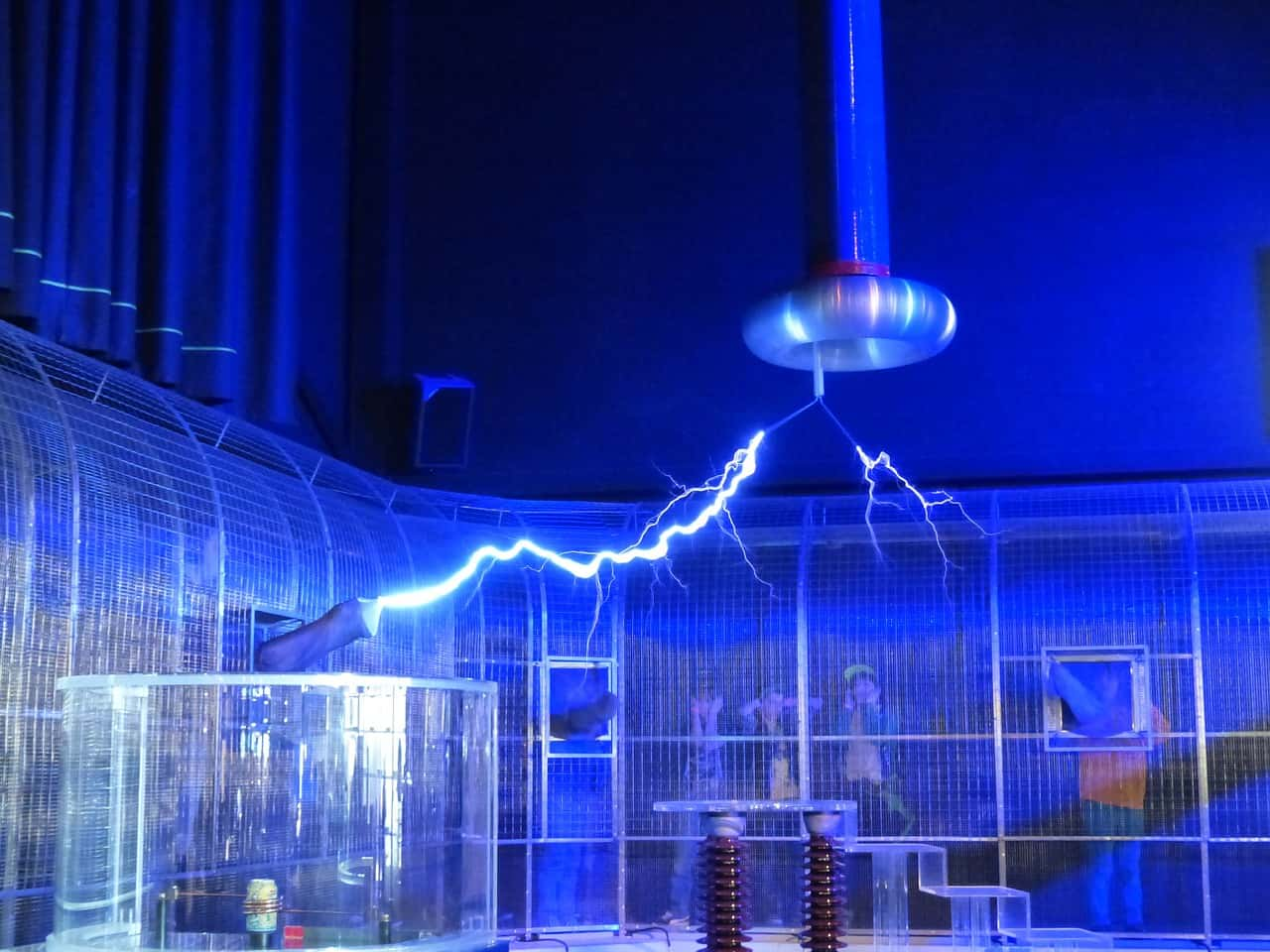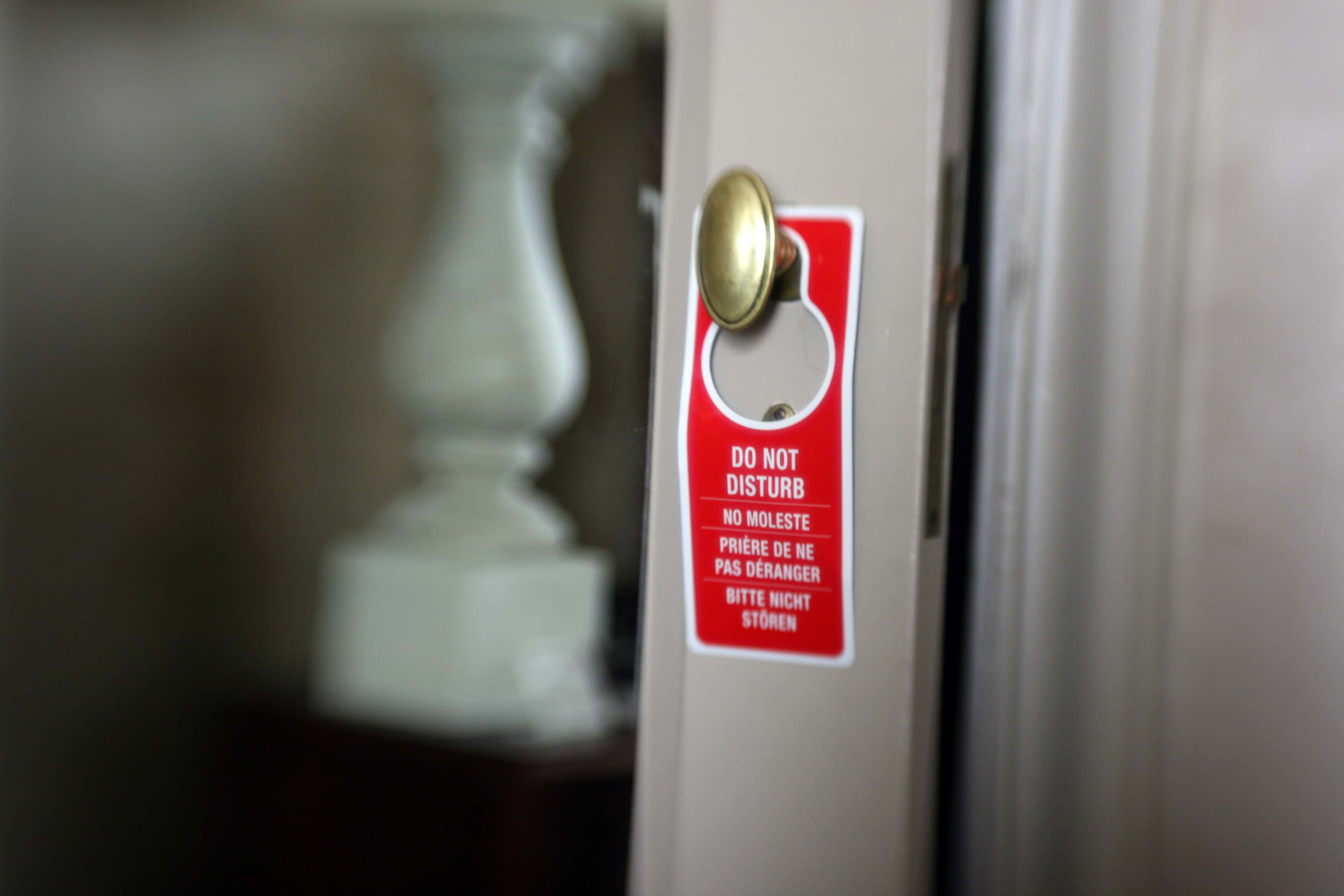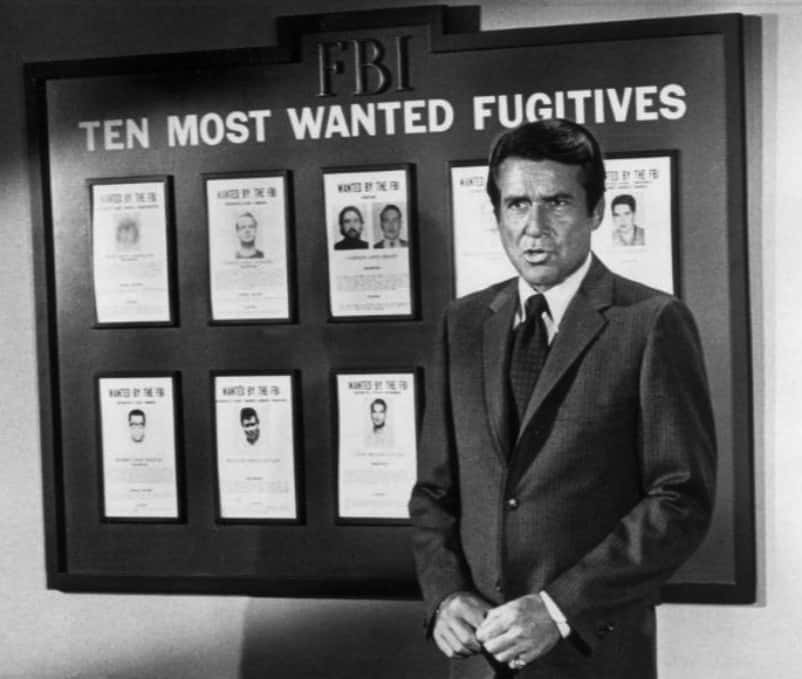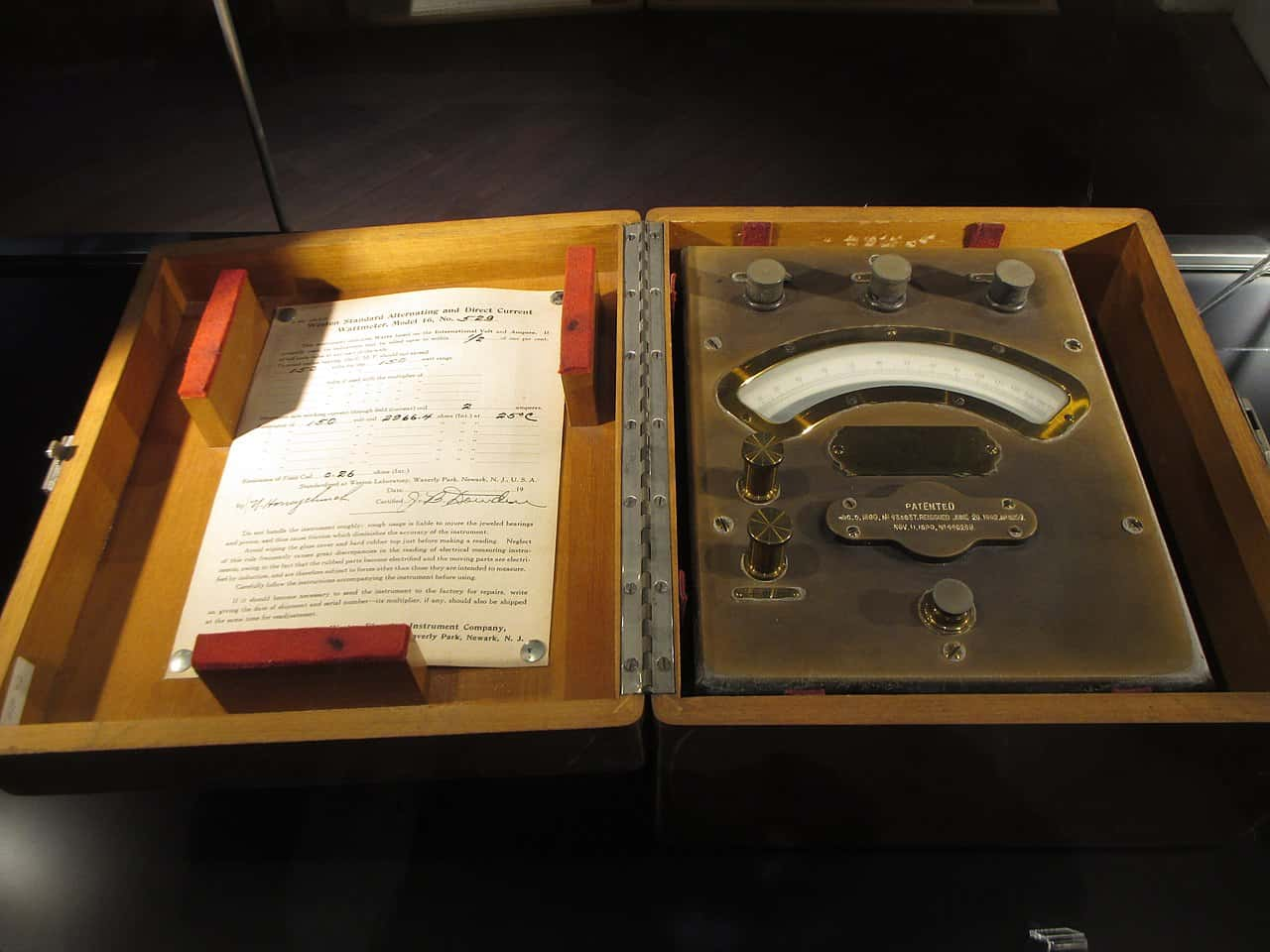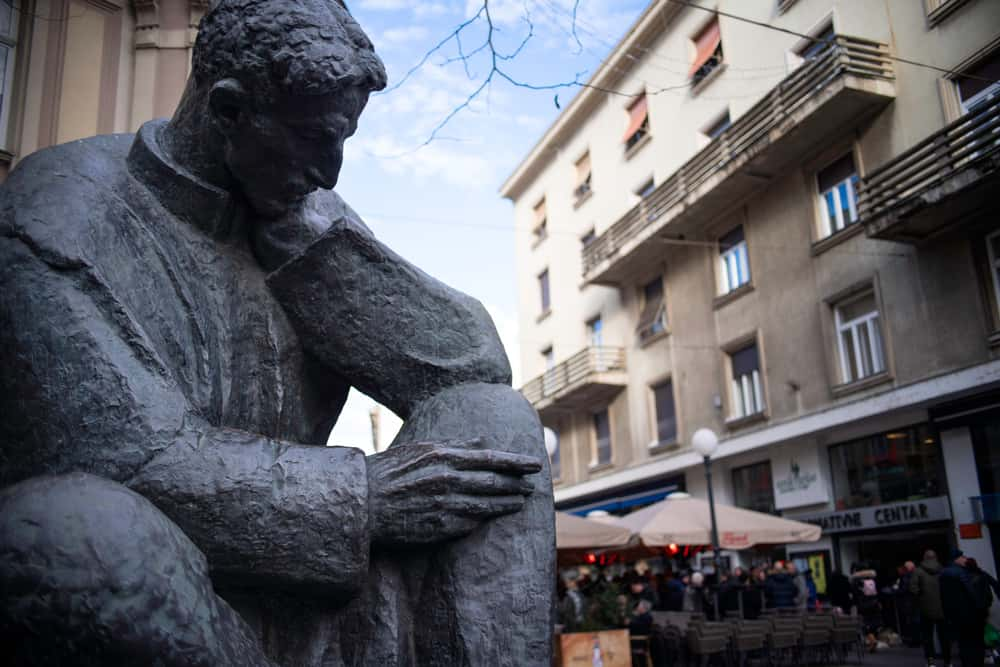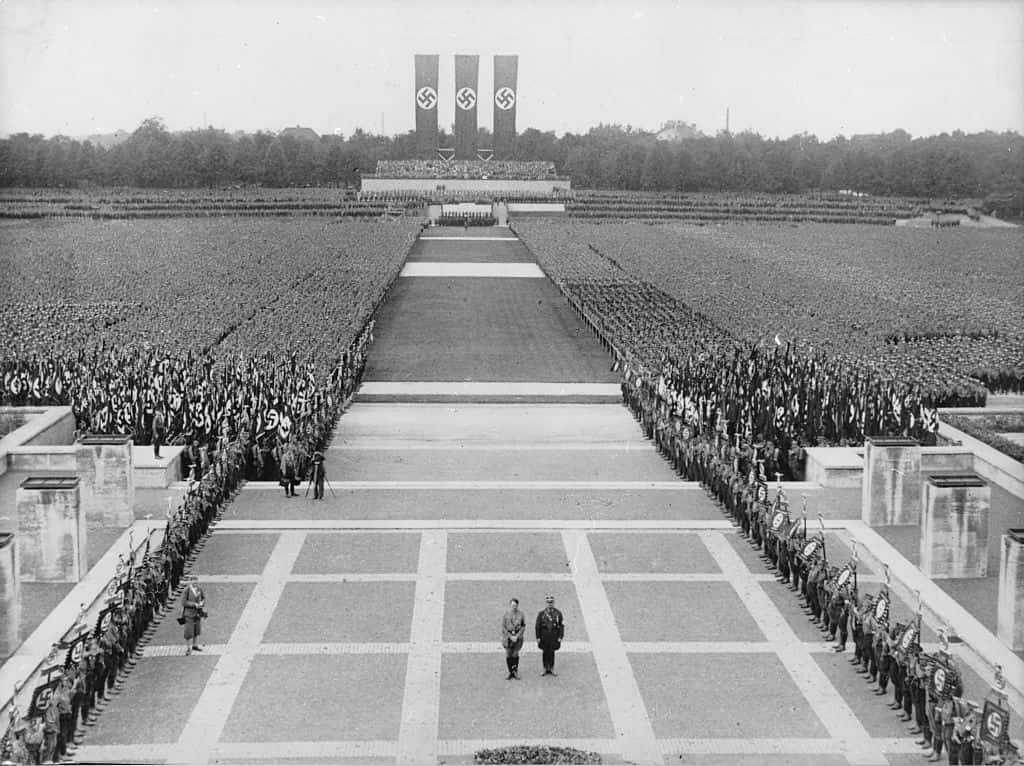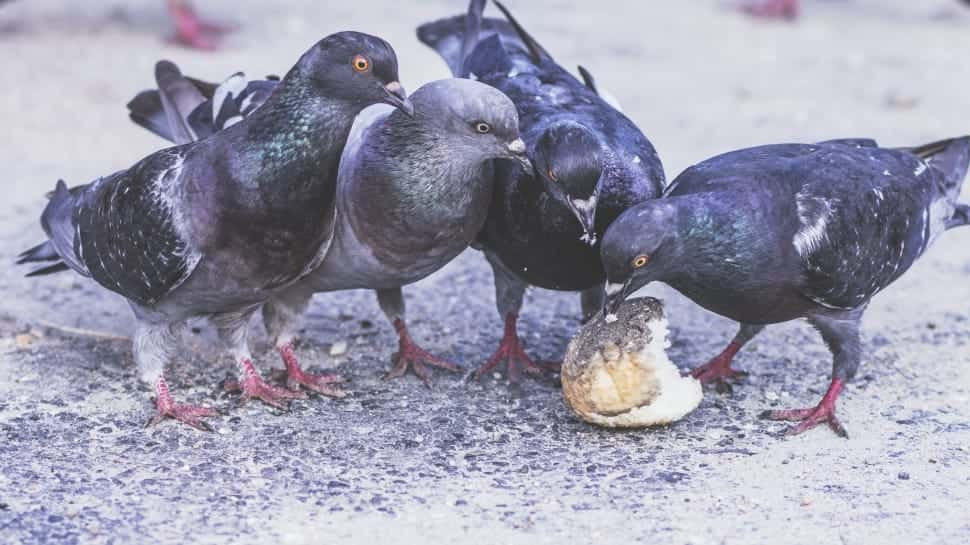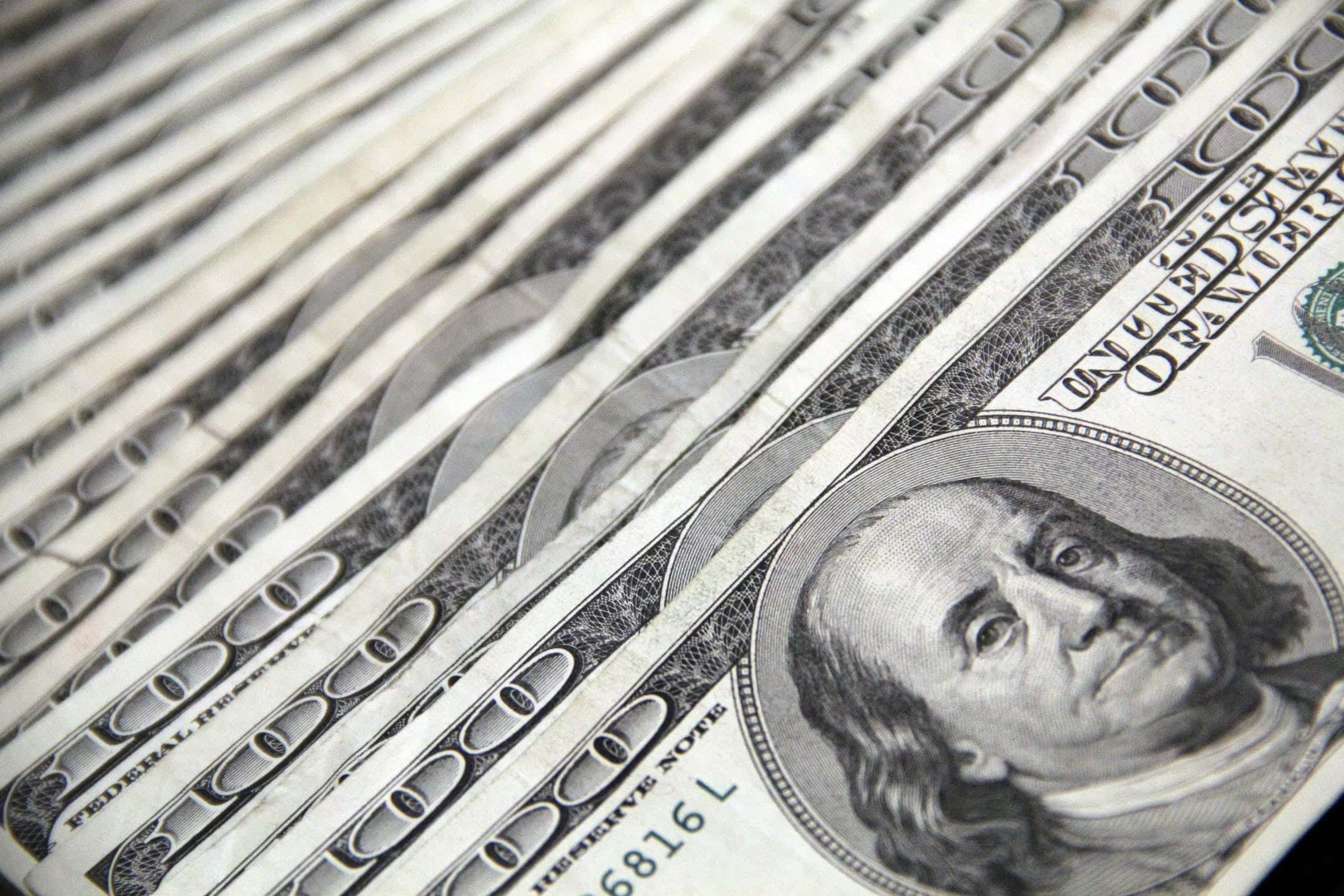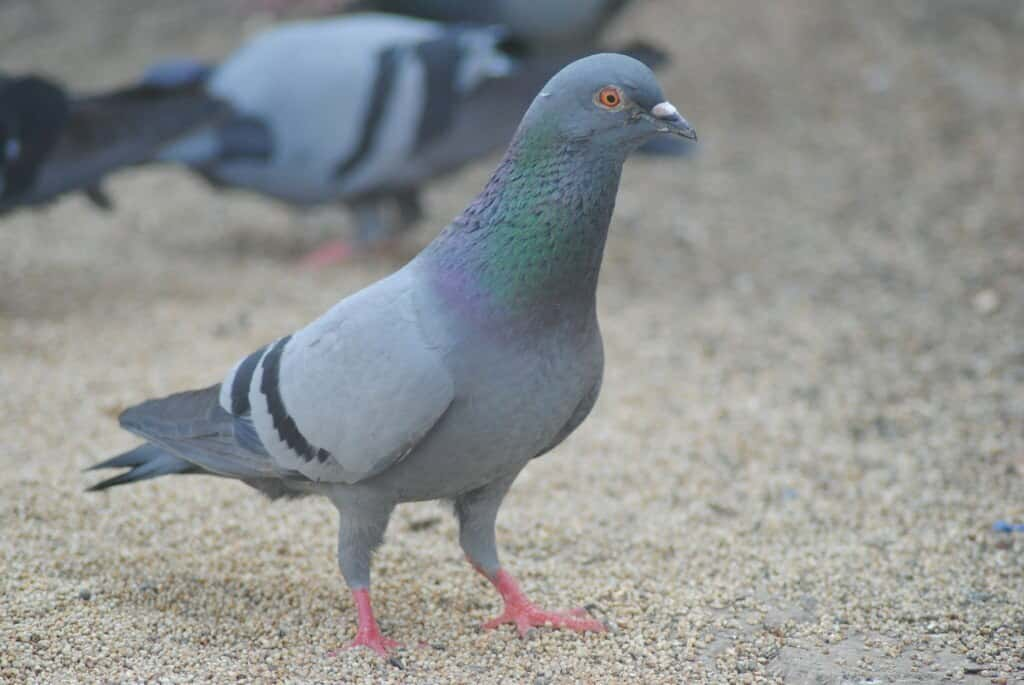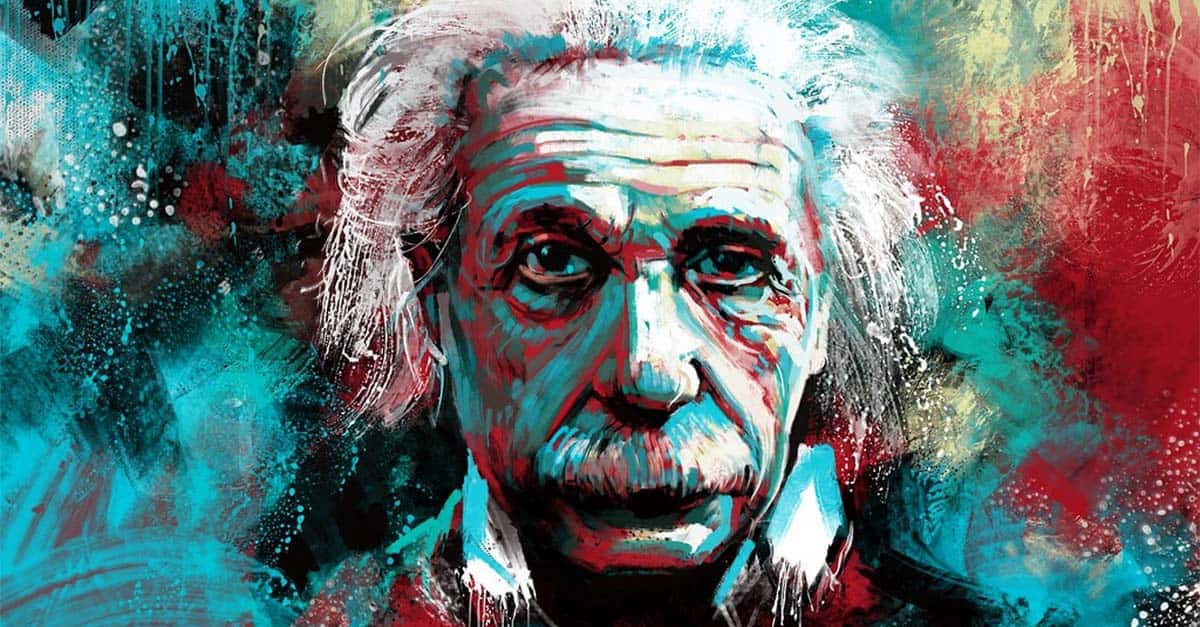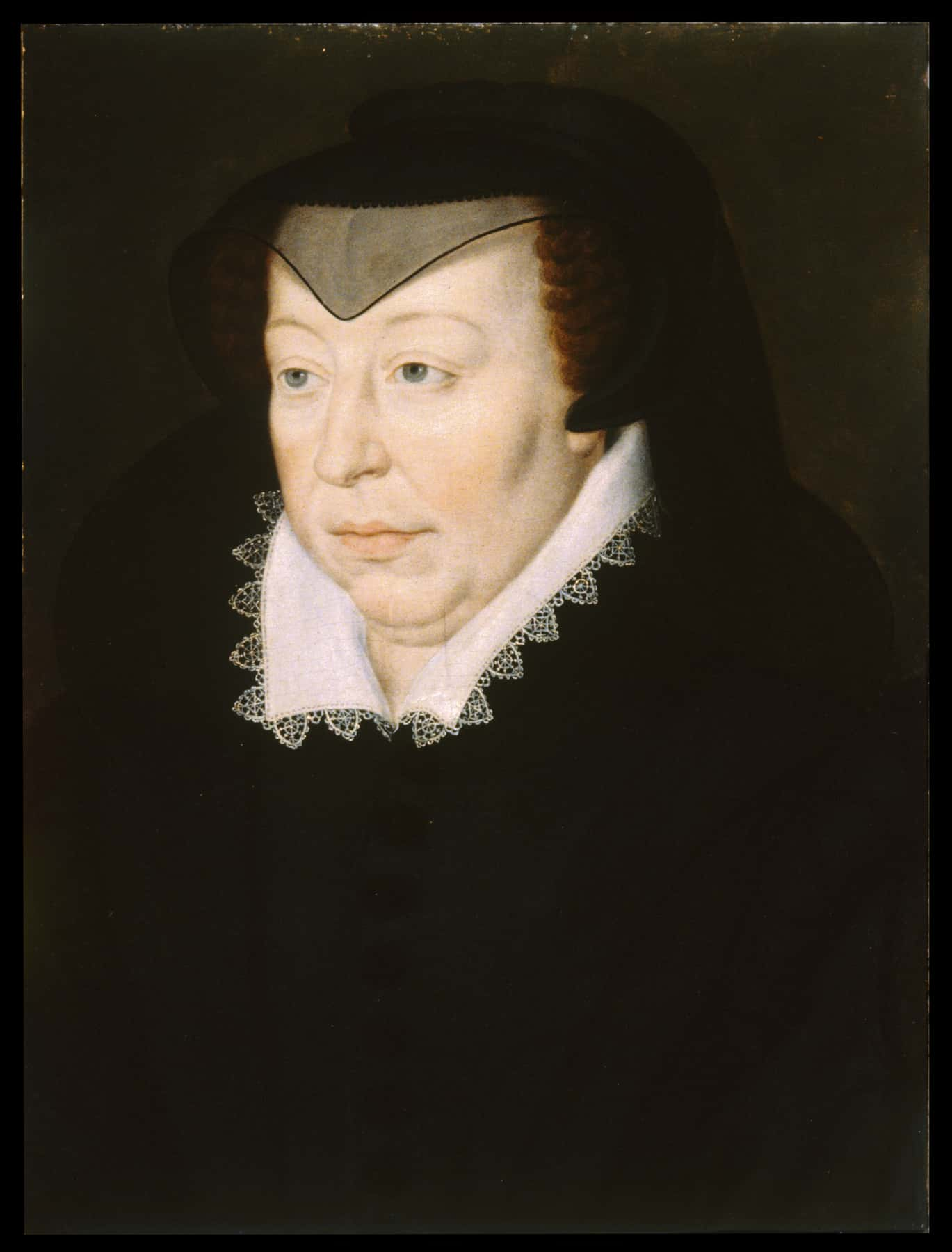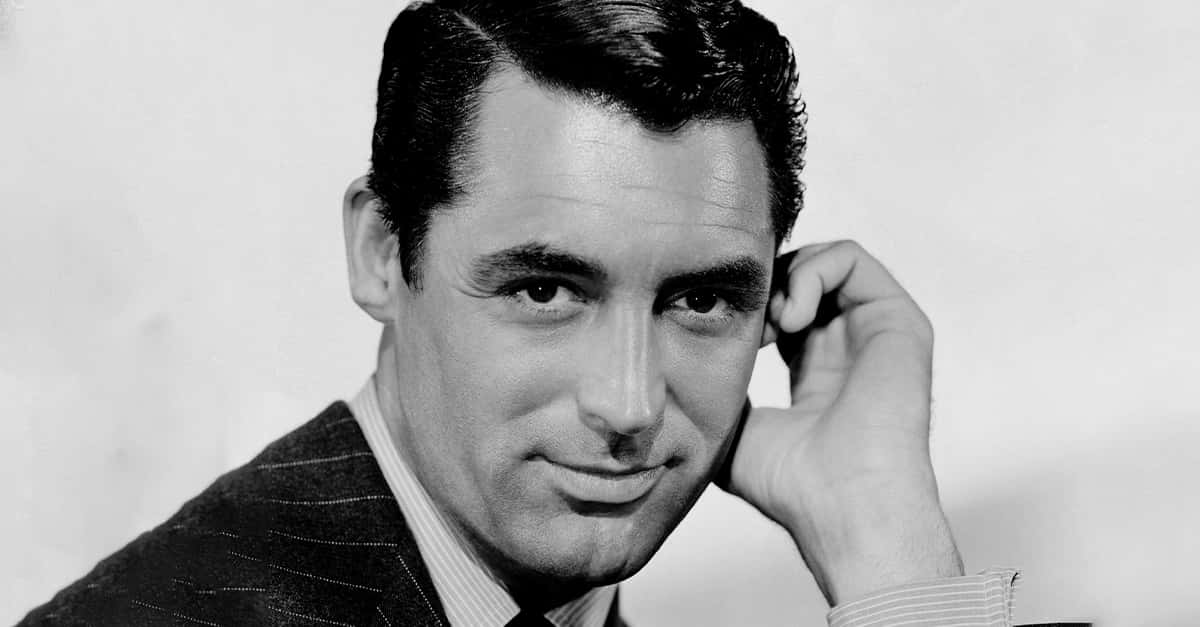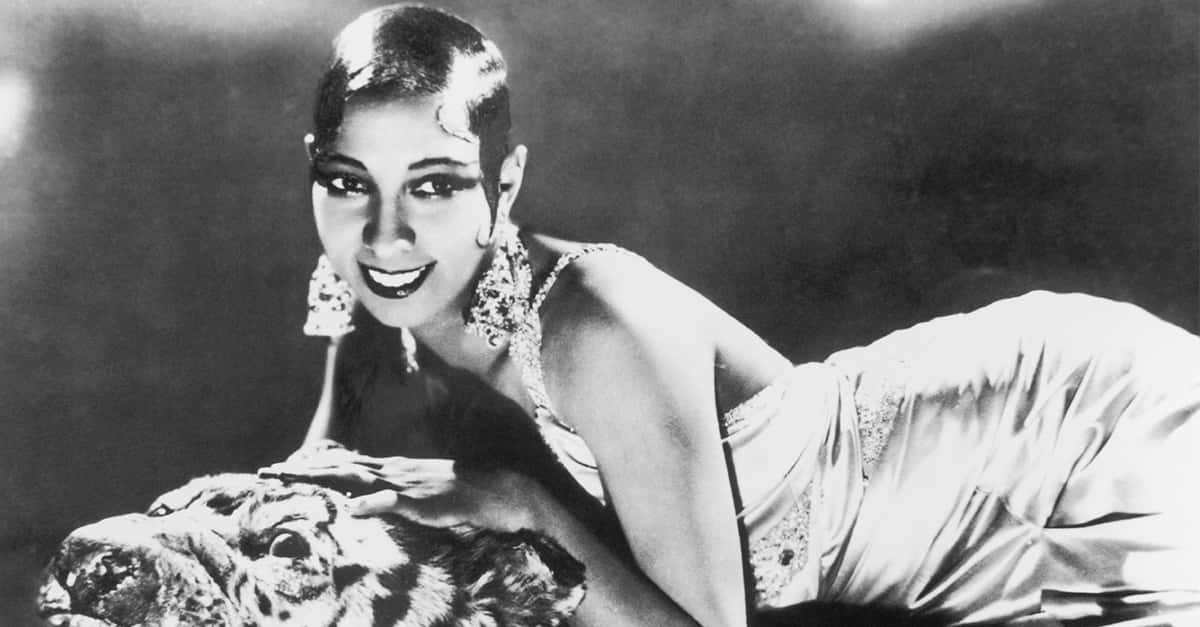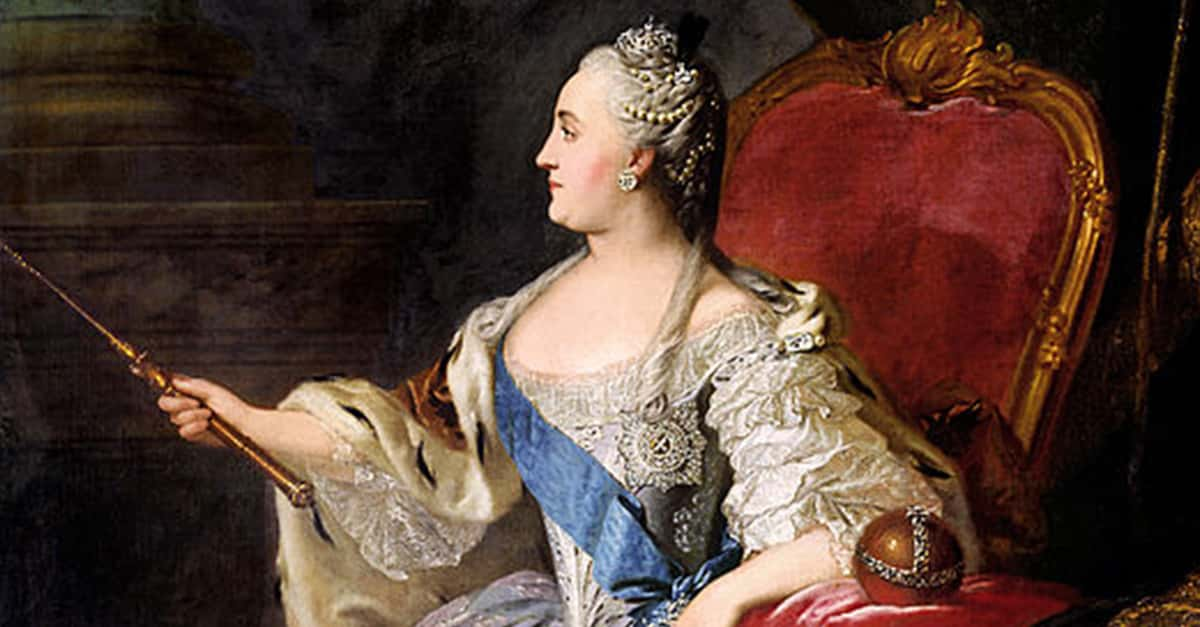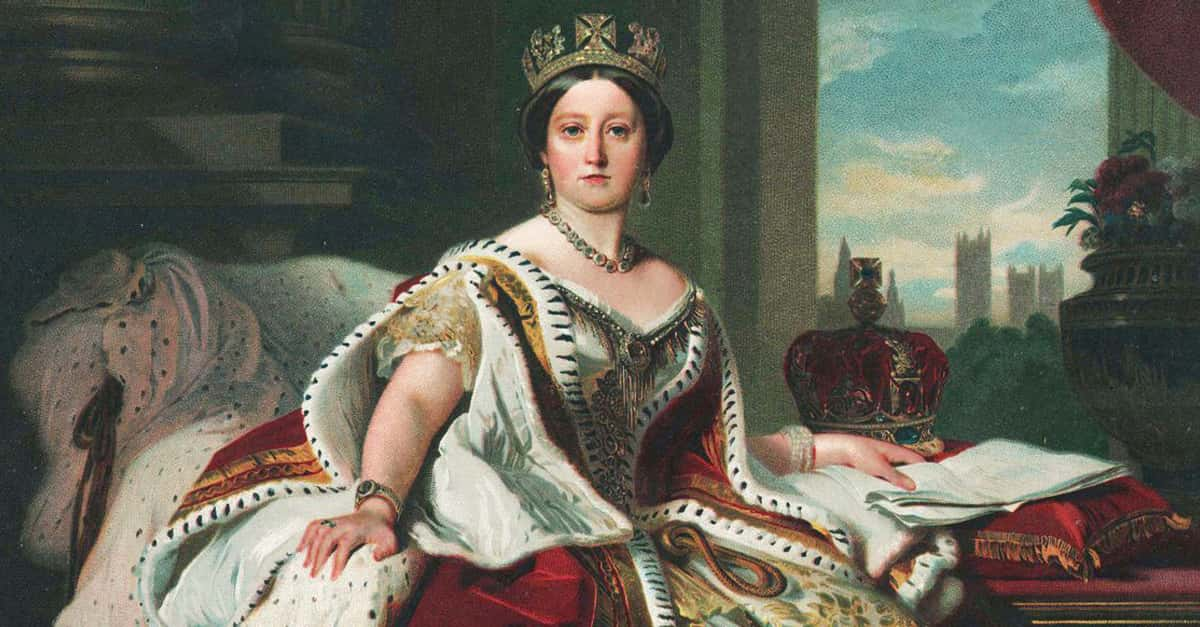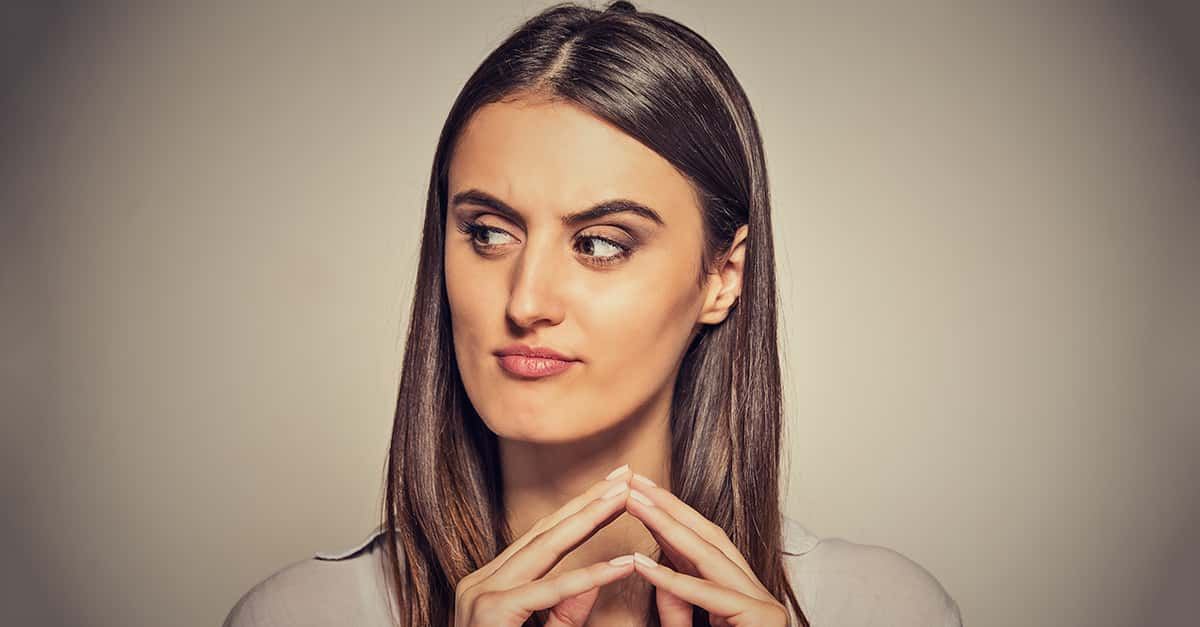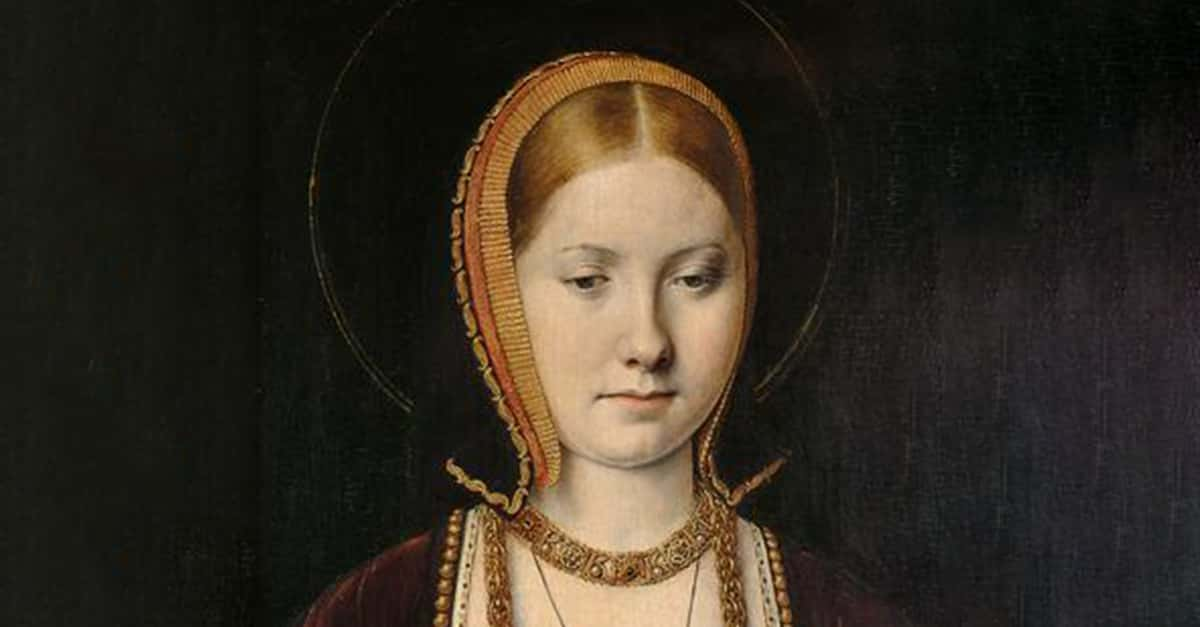Nikola Tesla Facts
When we think of the image of a “mad scientist” today, chances are we’re thinking about Nikola Tesla. Viciously brilliant and painfully eccentric, Tesla revolutionized the world with his inventions—all while keeping everyone at arm’s length from his dark inner life. So who really was the man behind the lab mask?
1. He Rebelled Against His Parents
Nikola Tesla had an incredibly strict and religious upbringing. Born an ethnic Serb in modern-day Croatia in July 1856, his father Milutin was an Orthdox priest and his mother Duka was the daughter of an Orthodox priest. Young Nikola was supposed to follow in these pious footsteps, but that’s not exactly what ended up happening…
2. We Still Use His Inventions Today
Today we know Tesla for his incredible inventions like the Tesla coil and AC electricity, which are both still in modern-day use. In fact, Tesla held literally hundreds of patents throughout his life and worked tirelessly to make his constant stream of ideas a reality—but as we’ll see, his obsessive efforts often had chilling consequences.
3. He Had Ultra Disturbing Work Habits
Tesla was a workaholic of terrifying proportions. He only slept a measly two hours every night, and spent most of his waking time working in his lab. At one point, he was on such a productive streak with his inventions, he worked straight through for a whopping 84 hours. Maybe this insomnia explains some of his worst behaviors.
4. He Wasn't the Only Genius in His Family
Despite his humble beginnings, Nikola wasn’t the only smart cookie in the Tesla clan. His mother Duka invented her own machines and tools for housework, and could even memorize epic poems word-for-word. When he became famous, Tesla credited his mother with the “genius” genes. That said, his childhood was far from ideal.
 Wikimedia Commons, Daniel Mayer
Wikimedia Commons, Daniel Mayer
5. His Standards Were Punishing
Tesla was infamously particular not just about his own appearance and clothing, but also about the appearance and clothing of his employees. At 6 feet, 2 inches and a steady 142 pounds for almost his entire life, Tesla cut an intimidating figure—and he expected no less of his secretaries and other workers. But one day, he took it too far.
6. He Fired His Secretary for a Horrific Reason
Tesla was never shy about sending employees home to change if he didn’t like what they were wearing, but this distaste also extended to any kind of weight gain. One morning, he happened to notice that his secretary had put on a few extra pounds over the weeks. Incensed, Tesla fired her on the spot. Sadly, this was the least of his issues with women...
7. He Had Obsessive Tendencies
In truth, many of Nikola Tesla’s “eccentricities” may have stemmed from mental difficulties, and some biographers believe he suffered from obsessive compulsive disorder. He was obsessed with the numbers 3, 6, and 9 and believed these numbers could potentially unlock the secrets of the universe. But he had an even bigger phobia.
8. His Germaphobia Reached Epic Proportions
Tesla was absolutely terrified of germs, and this fear ruled him with an iron fist. When he ate his dinners at his usual hotel restaurants, he demanded that they give him a stack of 18 napkins so he could properly clean everything around him as well as himself before he dug in. Still, none of this excuses his darker behaviors…
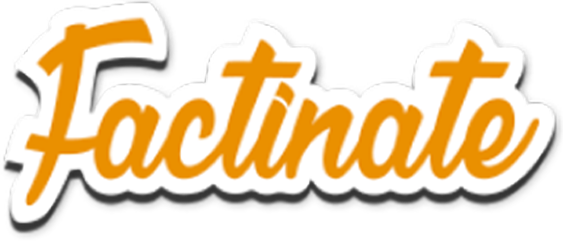
History's most fascinating stories and darkest secrets, delivered to your inbox daily.
9. He May Have Never Touched a Woman
Tesla remained chaste almost his entire life, and as far as we know, he could have left this world a virgin. He claimed that celibacy helped him better focus on his work, but also that he would never be good enough for any girl, since women were so much better than him. Well, that’s sweet—except it was also a huge red flag.
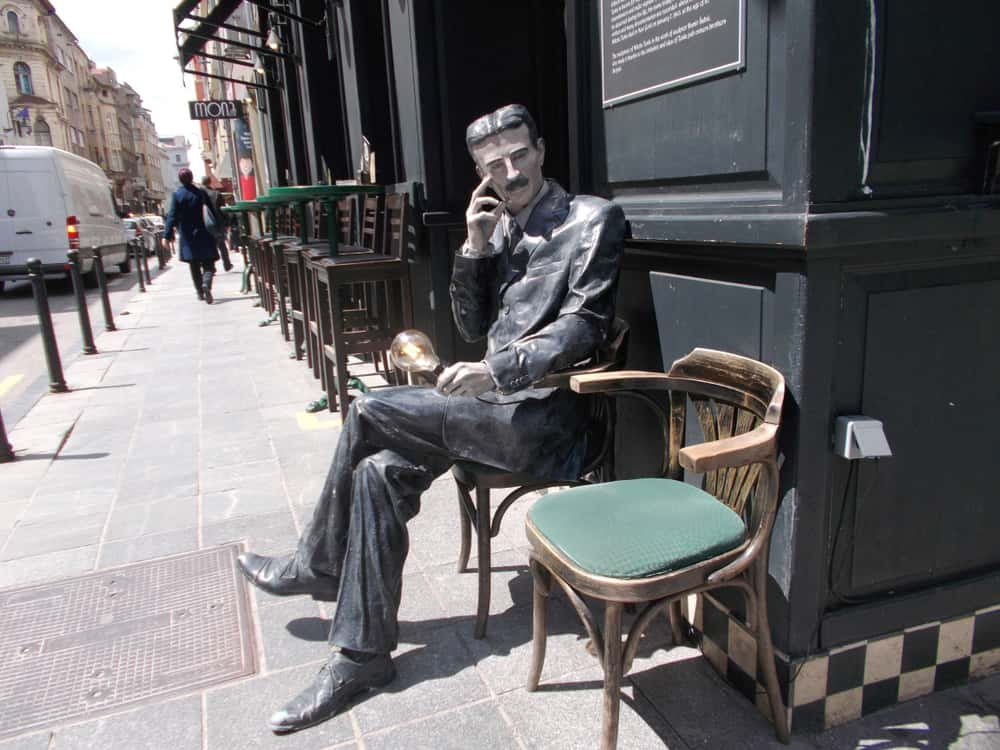 Shutterstock
Shutterstock
10. His Treatment of Women Took a Dark Turn
Later in his life, Tesla’s opinion of women soured rapidly. With women’s rights gaining steam, Tesla decided that females were trying to become the dominant gender in a battle of the sexes, and he soon had nothing but derision for “the woman who thinks that her chief success in life lies in making herself as much as possible like man.” Yiikess.
11. He Couldn't Stand the Sight of an Ordinary Item
In addition to his other phobias, Tesla apparently couldn’t bear to see the sight of pearls, and would avoid all women who wore them. He also detested hair, and refused to touch it. Yeah, this wasn’t someone who was very prepared for intimacy, though as we’ll see, he did have one rare and bizarre intimate fixation.
12. A Tragedy Made Him Grow up Too Fast
Tesla was the second youngest of his siblings. He had three sisters—Milka, Angelina, and Marica—and one older brother, Dane. When little Nikola was five years old, tragedy struck. His sole brother Dane got into a fatal a horseback riding accident, giving Tesla his first taste of sorrow. Even so, it wouldn’t be his last.
13. His Professors Hated Him
As a student, Tesla was literally unbelievably good at math. He could do complex problems in his head so fast and so accurately, his teachers accused him of cheating. This wasn't Tesla's only run-in with his professors, either. Throughout his life, he often clashed with certain teachers over their ideas and the way they taught classes.
14. He Almost Met a Horrific End
As Tesla grew into a young man, it started to become clear that something was disturbingly wrong. He was an incredibly sickly boy, and even once contracted cholera. It was the most terrifying period of his life: He battled the wasting illness for nine grueling months, and almost perished multiple times. This crisis ended up pushing his father to the edge.
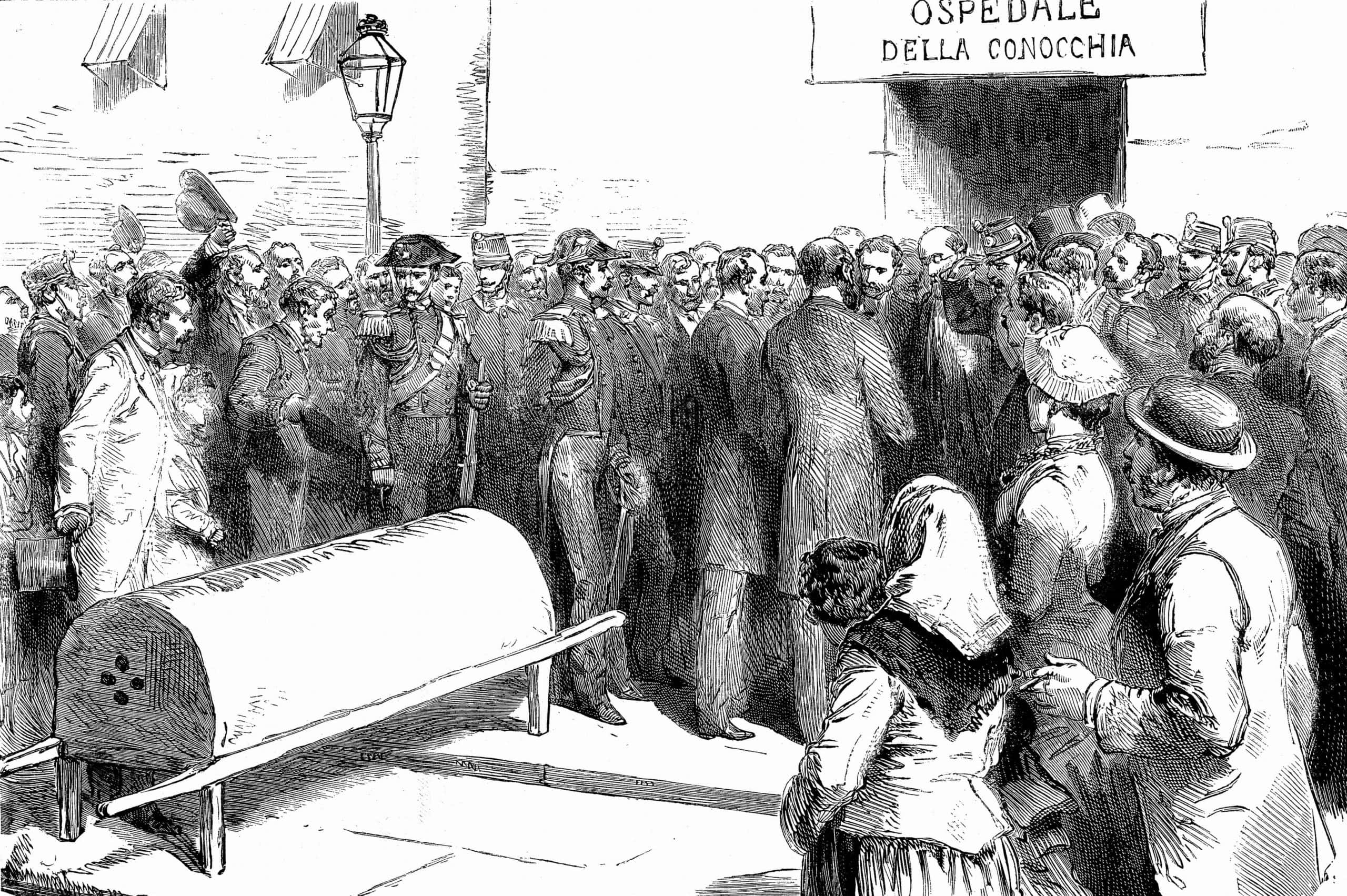 Getty Images Cholera illustration
Getty Images Cholera illustration
15. His Father Made a Desperate Promise
After watching his only surviving son fighting for life, Tesla’s father Milutin was ready to do anything to make sure the boy was saved. During the worst of his malady, Milutin even promised Nikola that if he would only get better, he would send him to engineering school instead of forcing him into the priesthood. Milutin was overjoyed when it worked...but not for long.
16. He Was a Draft-Dodger
In 1874, more trouble came calling for Tesla: The Austro-Hungarian empire conscripted him to fight. Tesla’s response was completely unexpected. He managed to evade the call by running away into the wilderness, posting up at a remote mountain village and wandering around disguised as a hunter. When the heat calmed down, he really got started.
17. His Talent Was Almost Too Good to Be True
A year after his mountain sojourn, Tesla enrolled in Austrian Polytechnic under a scholarship. His professors were utterly astonished. They had never seen anything like it: Tesla never skipped a lecture, absolutely crushed his grades, and took double the exams he needed to, just because he could. But this hard work had a dark side.
18. College Brought out the Worst in Him
These college years were the beginnings of Tesla’s disturbing workaholism. He claimed he worked from 3:00 AM to 11:00 PM every single day, without any time off on holidays or Sundays. It was enough to destroy even the strongest and hardiest mind, but Tesla couldn’t stop himself. Then again, he may have had an ulterior motive.
19. His Father Was Never Proud of Him
Though Tesla’s father Milutin made good on his promise to send his son to school, Tesla never felt like his dad respected his choice, and his dedication to work might have been a desperate bit to impress his father. Yet Milutin often waved away Nikola’s efforts, making "light of [those] hard won honors." Except Tesla didn’t know the chilling truth.
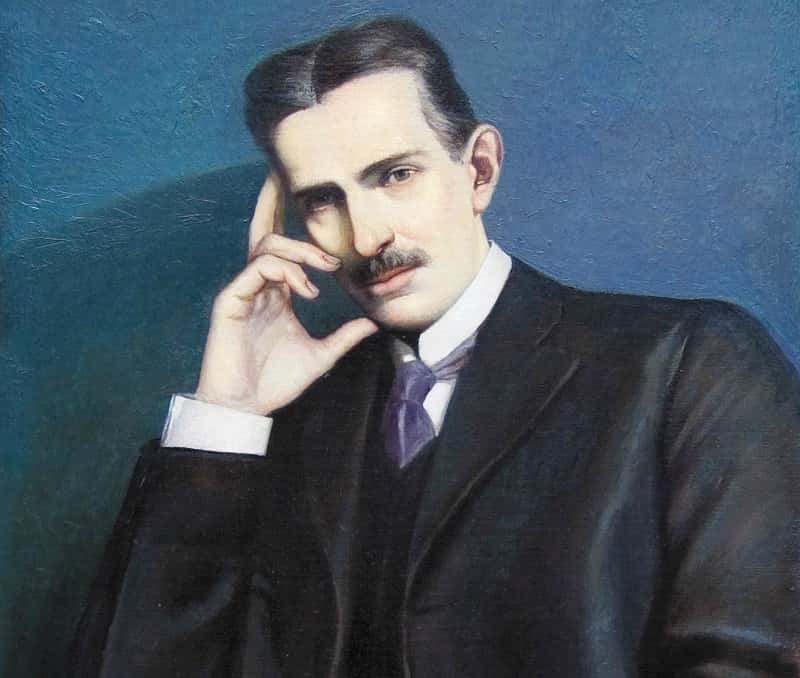 Wikimedia Commons, Ivan Veličković
Wikimedia Commons, Ivan Veličković
20. He Discovered a Tragic Family Secret
After Milutin’s passing, Tesla discovered a stack of letters written by his professors to his father. Their contents were heartbreaking. In them, Tesla’s teachers begged the patriarch to pull the boy from school, warning him that Tesla was overworking himself to a fatal degree. Milutin obviously never heeded them, and continued to believe his son was just trifling. Eventually, it reached a tragic climax.
21. A Dark Addiction Forced Him to Drop out
By his second year, the cracks in Tesla’s mind started to show. He became voraciously addicted to gambling, often spending 48 hours at a time at the card table. Tesla spent everything he could on the habit, including his tuition money and his study time. By his third year, he couldn’t even write his exams. The next semester, he had to drop out—but that’s not even the worst part.
22. He Told His Family a Huge Lie
After dropping out of school, Tesla was so utterly ashamed of himself that rather than telling his family or friends about his failure, he cut off all contact. He disappeared so completely, his acquaintances were even terrified that he had actually drowned in the Mur River. What actually happened to him wasn’t any better.
 Wikimedia Commons, Zeynel Cebeci
Wikimedia Commons, Zeynel Cebeci
23. He Had a Nervous Breakdown
During this period of his life, Tesla worked in a nearby city as a draftsman for a pitiable income, wasted away his lonely hours by playing cards with men on the street, and soon suffered a nervous breakdown. Yet when his father finally tracked him down and begged him to come back, Tesla proudly refused. It was a rash decision he almost immediately regretted.
24. His Father Came to a Sudden End
Although the authorities eventually carted Tesla back to his father for not having a residence permit in late March of 1879, Nikola had precious little time left with his dad. Less than a month later in April, Milutin passed, either from an unknown malady or a massive stroke. Barely in his 20s, Tesla was angry, bitter, bereft—and desperate to prove himself.
25. His Mind Could Do Extraordinary Things
Tesla was a natural-born genius. He had an eidetic memory, also known as a photographic memory, and could recall things he had seen once with exquisite detail. He could even memorize entire books with ease, and knew an incredible eight languages.
26. He Once Worked for Thomas Edison
After one of the lowest times of his life, Tesla coped by (surprise!) throwing himself into his work. With very little family ties left to keep him in Europe, he moved to America and started working for Edison Machine Works, helmed by Thomas Edison himself. Since Edison soon became Tesla’s most bitter rival, let’s just say this did not end well.
27. He Broke His Back to Make an Impression
While working under Edison, the young Tesla met the big boss a handful of times. According to most accounts, these meetings were surprisingly cordial...at first. True to his workaholic form, Tesla frequently stayed up all night to solve various electrical engineering problems, leading Edison to exclaim “this is a darned good man.” But then it went downhill fast.
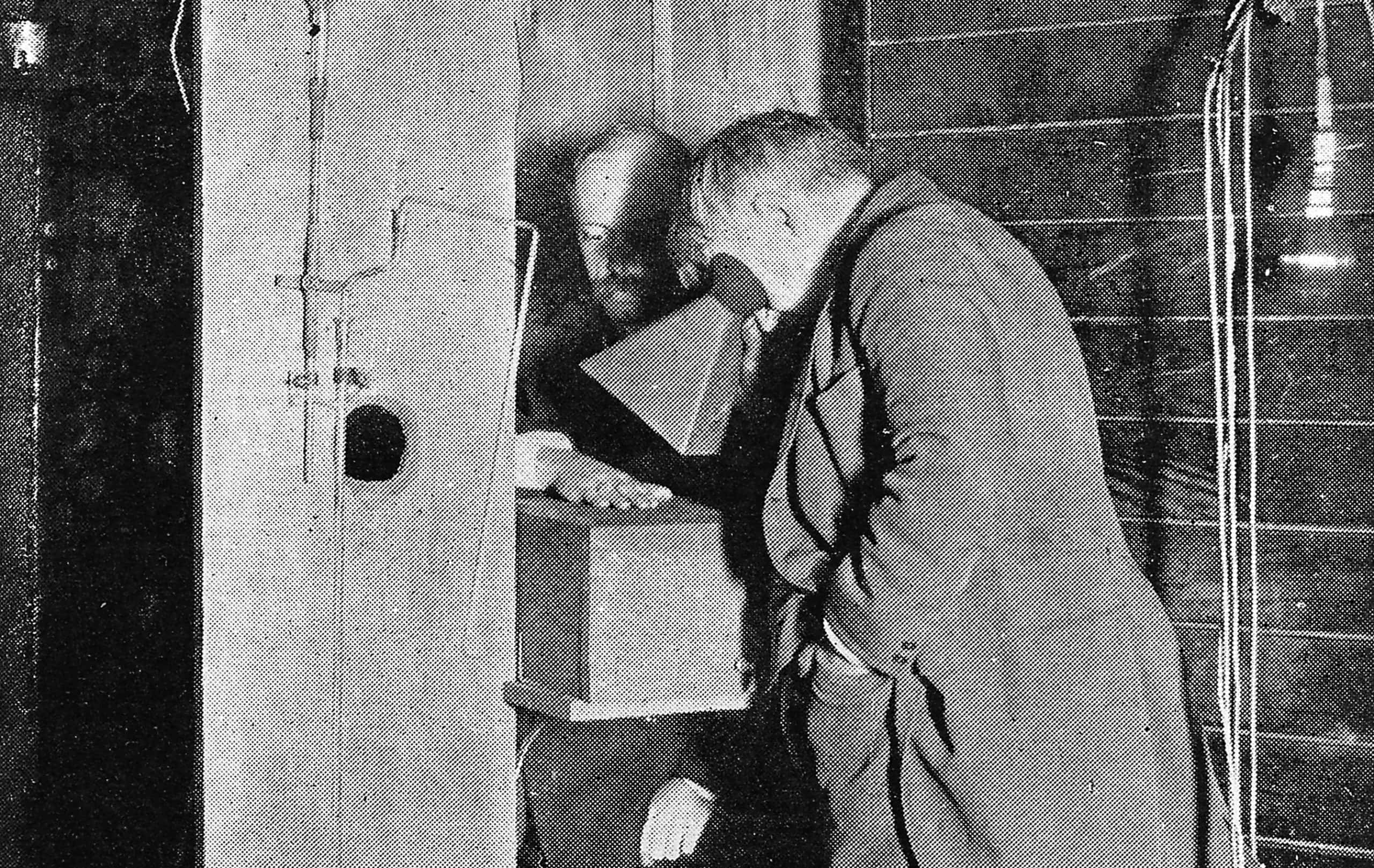 Wikimedia Commons, Wellcome Images
Wikimedia Commons, Wellcome Images
28. He Quit Working for Edison in a Rage
Just six months after starting at Edison Machine Works, Tesla suddenly and angrily quit. His diary from this time contains a massive scrawl across two pages as a testament to his bitterness: “Good by to the Edison Machine Works.” The exact reasons behind his hasty departure are mysterious, but biographers have some clues.
29. His Bosses Played a Cruel Joke on Him
If you’re not getting it by now, Tesla was a very serious man, and his intense focus didn’t always mesh well with American bravado. This culture clash may have spurred his resignation from Edison. According to one source, the company bosses kept "promising" bonuses that never came. In his own autobiography, Tesla bitterly snipes that these "turned out to be a practical joke.”
30. He Created His Inventions With a Bizarre Method
Tesla had an extremely unusual and rare way of coming up with inventions. Instead of drawing anything by hand, he visualized every last detail of his machines inside of his mind with something called “picture thinking.” Then, when it came time to create them, Tesla did it all by memory with the picture in his head.
31. He Was Involved in the Bitter "Current Wars"
After breaking from Edison, Tesla’s rivalry with the inventor started in earnest. Eventually, they faced each other in the so-called “Current Wars,” with Tesla developing uses for AC electricity, while his old boss was firmly in the DC electricity camp. It may have started out as a gentlemanly battle of wits, but it escalated to a cut-throat act.
32. Edison Tried to Destroy His Life's Work
Edison wasn’t content just promoting his own DC electricity; he also actively tried to discredit Tesla’s AC inventions with one savage demonstration. According to Edison, AC was so dangerous, it could only be synonymous with electric chair executions. This was a bold-faced lie, but Edison went to insane lengths to prove it, even slaying an elephant with AC in front of a crowd. And as we'll see, that wasn't the last of their feud.
33. He Learned The Hard Way Not to Trust People
While trying to get AC and other his innovations off the ground, Tesla got in with a group of investors—until they dealt him a cold-hearted betrayal. After changing their minds, the investors abandoned him, took his patents, and left him penniless. To make ends meet, Tesla had to resort to work as a ditch digger for an insulting $2 a day.
34. He Suffered From Strange Visions
Throughout his life, eerie visions often compelled Tesla. His mind was always a strange country, but these episodes were almost mystical. These visions would announce themselves with blinding flashes of light, and included hallucinations and other bizarre phenomena. Sometimes, they even helped him solve the problem he was working on.
 The Prestige, Touchstone Pictures
The Prestige, Touchstone Pictures
35. He Went Through an Unimaginable Tragedy
In the wee hours of March 13, 1895, Tesla suffered one of his worst tragedies yet. That morning, a fire broke out in the building where one of his labs was, burning up through the basement and into Tesla’s floor. It destroyed expensive equipment and experiments—but most distressing of all, it destroyed many of Tesla’s scientific notes.
36. His Grief Overwhelmed Him
When Tesla heard about the fire in his lab, his response was heart-wrenching. Though a brilliant man who knew eight full languages, he was at a complete loss for words. As he told the New York Times, "I am in too much grief to talk. What can I say?" Nikola Tesla just couldn’t catch a break…but there was more intrigue ahead.
37. He Had a Secret Laboratory
In the late 19th-century, Tesla became obsessed with figuring out how to wield global wireless communication. In 1899, he set up a station in Colorado Springs to perform experiments and kept its purpose secret even from rich financial backers like John Jacob Astor IV. The eyewitness tales from this time give new meaning to the word “weird.”
38. His Experiments Were Paranormal
According to the accounts from the area, strange phenomena started happening around Tesla’s new lab. Light bulbs within 100 feet of the lab reportedly glowed even when turned off. Butterflies became electrified and exhibited St. Elmo’s fire around their wings. But Tesla was about to make his most outrageous discovery yet.
39. He Received Messages From Aliens
At the cusp of the 20th century, Tesla began to experience an extraordinary phenomenon in Colorado Springs: He claimed he was receiving messages from other planets. The scientist believed he was getting “intelligently controlled signals” from Mars or Venus. The weirdest part? He probably was—but the source was much different.
40. He Earned a Bitter Rival
At the same time that Tesla was performing his top-secret experiments in Colorado, famed wireless pioneer Guglielmo Marconi was also running similar experiments over in Europe. Experts now theorize that the strange, intelligent communications Tesla was receiving were likely Marconi’s. But this revelation isn’t “case closed”—it was actually the beginning of Tesla’s nightmare.
41. He Went to Desperate Lengths to "Win"
The idea that Marconi was going to beat him to the wireless punch drove Tesla half mad. He quickly began constructing his infamous Wardenclyffe tower—a desperate attempt to make something bigger and better than Marconi’s work—and got money from financial giant J.P. Morgan to bankroll it. But his brainchild was doomed to a tragic end.
42. He Received a Crushing Defeat
In 1901, Marconi finally left Tesla in the dust, transmitting the letter “S” from one side of the Atlantic to the other. This scientific victory meant bitter defeat for Tesla. Now all his wealthy patrons knew he failed; they pulled their money, and Tesla all but abandoned Wardenclyffe. This was the beginning of the end for Nikola Tesla.
43. He Accidentally Discovered X-Rays
Though he suffered other disappointing losses, Tesla might have been the first person to ever take an X-ray, albeit accidentally. Tesla was tinkering around with a cathode tube when he captured the image. Amazingly, this happened before people even knew what X-rays were. Just weeks later, Wilhelm Rontgen announced his X-ray “discovery.” Take that, science!
44. A Swanky Hotel Kicked Him out
In Tesla’s later years, he only grew more disturbingly eccentric. He lived out of hotels for decades, his favorite being the luxurious Waldorf-Astoria hotel. Then his fairy-tale had a rude awakening. While there, Tesla racked up so many debts, they kicked him out and forced him to re-locate to the (slightly) more humble St. Regis. And that was far from his strangest behavior…
45. His Friends Knew He Needed Help
Despite his eccentric habits, Tesla had many heartfelt allies in his later years. One of the old electric companies he worked for, Westinghouse, always remembered the brilliant work he had done for them. Knowing that he was poor but too proud to beg, they gave him a touching gift instead. They continued to pay Tesla a “salary” until he passed, whether he did work or not.
46. He Got Into a Horrible Accident
In Autumn 1937, Tesla went on his usual midnight stroll to the park to feed his pigeons (more on that later). Little did he know, the end was near. While crossing the street, the 81-year-old wasn’t spry enough to avoid an oncoming cab and crashed into the vehicle, breaking three ribs. But it was his reaction to the incident that was most disturbing of all.
47. His Pride Ruined Him
A difficult and rigid man, Tesla was suspicious of doctors for his entire life, and refused to see one even when he was gravely injured. In fact, though we know he broke his ribs, we’ll never know the extent of his injuries on that fateful day—there’s no medical report. Instead, Tesla holed up in his room and tried to get better. He never really did.
48. He Never Won the Nobel Prize—For a Disturbing Reason
Believe it or not, Tesla never won a Nobel Prize—and the supposed story behind his snub is juicy. In 1915, a rumor went around that both Tesla and Thomas Edison were jointly up for the prize. When neither man won, people whispered that Edison had refused it to keep the impoverished Tesla from the hefty prize money. They remain rumors, but…I could see it.
49. He Made Outrageous Dinner Demands
Tesla’s strange habits extended even to his dinners. When he dined at his hotel residences, he insisted on having dinner at exactly 8:10 pm, no sooner and no later. More than that, he also demanded that the same waiter—always the head waiter—serve him every time. When he was finished eating his solitary meal, he’d return to work.
50. He's Behind the Famous Niagara Falls
Most people don't know this, but Tesla was involved in the effort to harness the electrical power of the famed Niagara Falls. Edward Dean Adams of the Niagara Falls Cataract Construction Company approached Tesla and asked him what system could best transmit the Falls' raw power. Tesla's answer? Two-phase alternating current, of course.
51. His Birth Was an Eerie Phenomenon
Nikola Tesla’s birth was as mystical as the rest of his life. He was born during the middle of an intense lightning storm just around midnight. The midwife thought the events surrounding his birth were bad omens, but his mother thought otherwise. Legend has it, Nikola’s mother said, “No. He will be a child of light.”
52. He Lives on Today
17 years after the eccentric inventor and engineer’s passing, the International Commission of Electrical Engineers bestowed an honor upon Tesla that might have helped make up for his Nobel snub. They named the SI measurement for the strength of a magnetic field ‘Tesla” after him, which abbreviates into a capital ‘T.”
53. He Had a Strange Fascination With Feet
One of Tesla’s other bizarre habits was to curl his toes 100 times on each foot every night before he got his regular two hours of sleep. According to the scientist, this stimulated the brain cells. Um, who am I to argue with genius?
54. He Made Bizarre Phone Calls
Tesla had no problem recruiting others into his unorthodox work hours. Kenneth Swezey, a journalist who struck up a relationship with the eccentric scientist, once related an evening where a peppy Tesla suddenly called him at 3:00 AM. He then worked out his latest lab problem over the phone with the sleepy Swezey...and promptly hung up once he solved it.
55. He Got Chilling Revenge on Thomas Edison
When Tesla’s lifelong rival Thomas Edison passed, the “mad scientist” wasted no time getting brutal revenge. In an otherwise complimentary retrospective on Edison, Tesla gleefully ripped the man apart, sneering, “He had no hobby, cared for no sort of amusement of any kind and lived in utter disregard of the most elementary rules of hygiene.” Yeah, this guy did not mince words.
56. He Went Through Vain Rituals
In his final years, Tesla still somehow found a way to keep the spotlight on him. In 1931, on his 75th birthday, a friend threw the inventor a public birthday party. Tesla was so pleased with it that he turned it into an annual event, inviting journalists and even making his own culinary concoctions. But these birthdays also produced his most notorious legacy.
57. He Could "Destroy" the World
At his 1934 birthday party, Tesla announced to the room that he had made the ultimate weapon—a “death ray” that could destroy the world by attacking any enemy that dared cross the borders of a country. To this day, no one knows if his claims were actually true, but after his tragic passing, the FBI began to get some idea…
58. His End Was Lonely and Sad
On January 7, 1943, and 86-year-old Tesla passed in his hotel room from coronary thrombosis. Unsurprisingly but very sadly, he was entirely alone when it happened. The maid who found him had to disrespect the “Do Not Disturb” sign he had left on the door for two days straight. But with his end, the floodgates opened.
59. The FBI Had a File on Him
While luminaries mourned Tesla, the FBI got to work on investigating him. Though no one ever fully knew if his “ray” was an actual object, the bureau took no chances and seized all of his belongings after his passing. While rifling through his possessions, they came across the box that was supposed to contain the invention. When they opened it, they were stunned and disappointed.
60. His Most Infamous Invention Is Still a Mystery
Inside the “ray” box was nothing more than a decade box, a piece of equipment used for controlling electrical currents. As one of the investigating scientists put it afterward, Tesla’s thoughts "were primarily of a speculative, philosophical, and somewhat promotional character.” Even so, rumors that the real ray is out there still abound.
61. He Had a Double Life
Tesla was undeniably an eccentric man, but later in life these eccentricities went from occasionally dark to a positively malicious double life. Unfortunately, Tesla was a huge proponent of selective breeding and eugenics—he even supported zapping “stupid” students with electricity to make them smarter. Eventually, this led him to a shameful act.
62. He Was Friends With Truly Evil People
In the late 1920s, Tesla was cozying up to a man named George Sylvester Viereck, a poet and mystic who also just so happened to be a propagandist for the horrific German efforts just before WWII. Tesla even attended dinner parties at Viereck’s home, and may have met insiders of what would become the Third Reich.
63. He Was Fixated on Pigeons
Tesla had a bizarre obsession with pigeons. Not only did he make sure to walk to the park every day to feed the birds, he also frequently lured them to his hotel room window so he could hand feed them from the comfort of his home. If the wealthy hotel customers didn’t like this, they definitely didn’t like Tesla’s next move.
64. He Drove Himself Into Debt for a Bird
One day, an injured white pigeon flew to Tesla’s window, sporting a hurt leg. Having a soft spot for the birds, Tesla began nursing her back to health—but he went way overboard. He actually spent over $2,000 trying to heal the bird, including making her a personalized medical device to help mend her leg. Oh, but that wasn't all.
65. He Fell in Love With a Pigeon
Tesla may have had some creepy and disturbing views on women, but his views on pigeons were even creepier. Describing one of his favorite pigeons, Tesla once proudly proclaimed, “I loved that pigeon as a man loves a woman, and she loved me. As long as I had her, there was a purpose to my life.” Welp, there’s simply no accounting for taste.
